Laowa 12mm f/2.8 Zero-D on Sony A7, user review
Laowa 12/2.8 Zero-D is one of the most anticipated lenses in my book, since it covers ultra wide angle yet without optical distortion (ZERO-D).
Few months ago, I was able to briefly try it on Photokina 2016 and I made a short “hands on” review – http://www.verybiglobo.com/laowa-12mm-f2-8-and-laowa-15mm-f2-2-uwa-lenses-from-venus-optics-with-close-to-zero-distortion/, where you can find specification and sample shots.
This time, I got lucky to borrow one sample from my friend, great photographer and lover of manual glasses – Jan Tichy. If you plan to visit Prague or Czech Republic and you are looking for experienced photo guide/tutor and expert over manual focus lenses, send him a note and see if he is available for booking!
What makes this Laowa even more interesting is the existence of the shift adapter. Laowa calls it Magic Shift Converter.
For photographers who are seeking shift lens in the UWA range, this sounds great, but it have at least one serious limitation – It will work only on Sony E mount cameras and only with Canon or Nikon mount version. It means that if you want to use it and you have Sony A7 e.g., you should opt for Canon or Nikon mount lens and add Magic Shift Converter as an adapter between lens and camera.
Jan Tichy bought Sony E mount version, so I didn’t have an option to use converter, even if by some “Magic” I would manage to get one.
Specification
| Lens name | LAOWA 12mm f/2.8 |
| Focal length | 12mm |
| Maximum aperture | f/2.8 |
| Angle of view | 121.96° |
| Elements/groups | 16/10 (3xED, 2xASP) |
| Aperture blades | 7 |
| Minimum aperture | f/22 |
| Minimum focus distance | 0.18m (7.09)” |
| Maximum reproduction ratio | 0.2x |
| Focusing | Manual |
| Dimensions (DxL) | Φ74.8×82.8mm |
| Weight | 609gr (1.34 lb) |
| Mounts | Canon EF/Nikon F/ Sony A/Pentax K/ Sony FE |
| Accessories | detachable lens hood, lens caps |
Optical scheme:
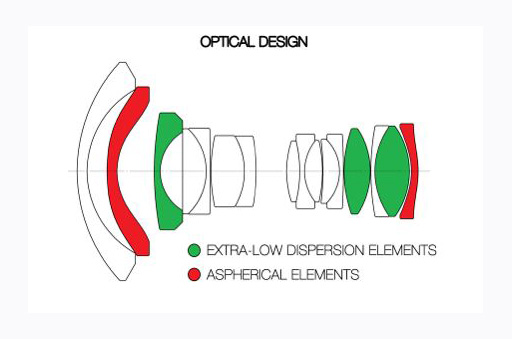
This image is property of Venus Optics corporation – http://www.venuslens.net/product/laowa-12mm-f2-8-zero-d/
Image samples and more info – http://www.venuslens.net/product/laowa-12mm-f2-8-zero-d/
Build Quality
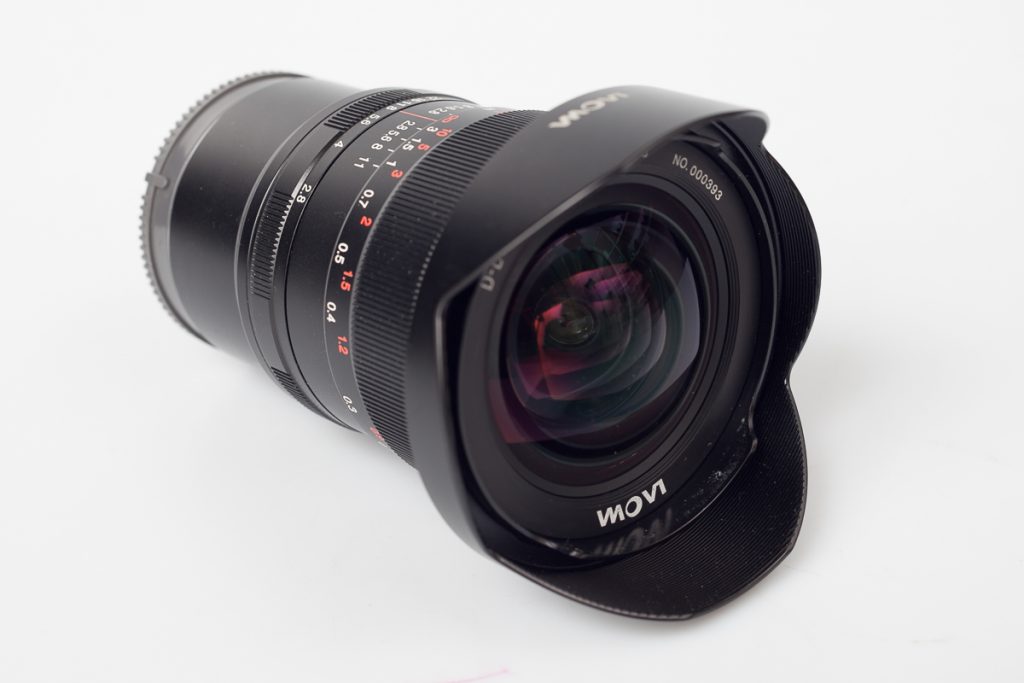 Laowa 12/2.8 Zero-D is all glass and metal construction. Being full manual lens, the only plastic part that I could find is the lens cap.
Laowa 12/2.8 Zero-D is all glass and metal construction. Being full manual lens, the only plastic part that I could find is the lens cap.
But let’s start from the beginning.
Laowa 12/2.8 Zero-D, has all metal mount and in a native E mount version, rear optical element is deeply recessed into lens barrel.
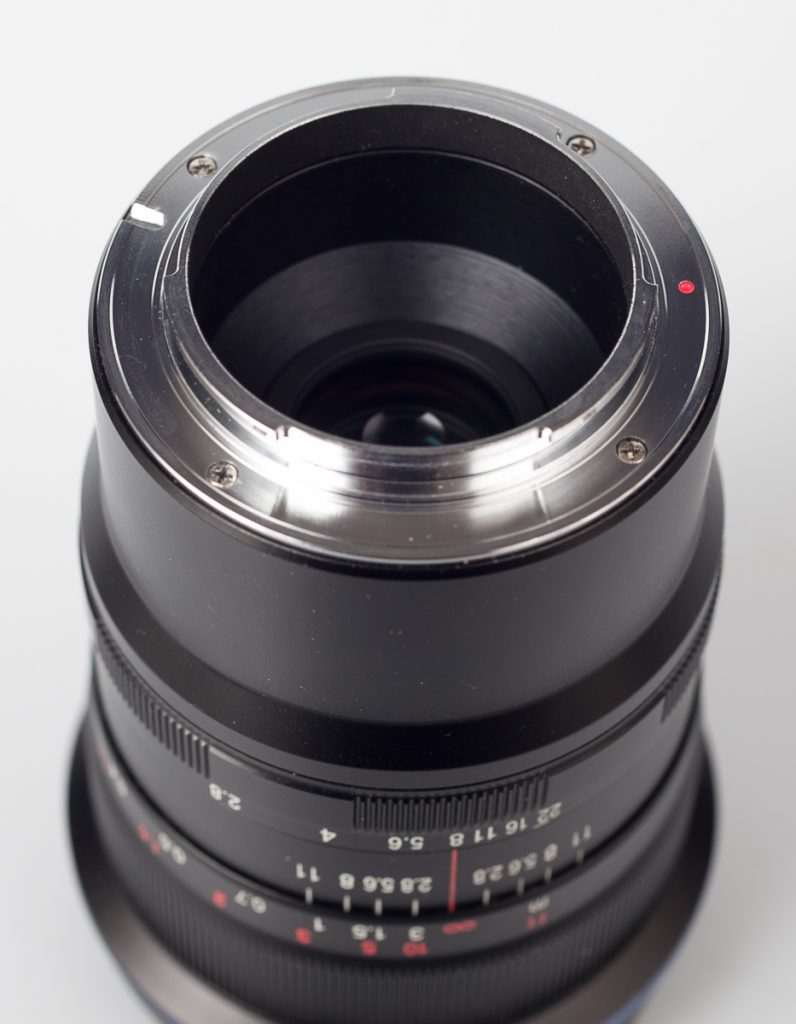 This is because the whole rear part of the lens, is nothing more than a metal tube, serving the purpose of a flange distance adjuster for the Sony E mount. On Nikon and Canon versions, rear element is much closer to the edge of the mount opening.
This is because the whole rear part of the lens, is nothing more than a metal tube, serving the purpose of a flange distance adjuster for the Sony E mount. On Nikon and Canon versions, rear element is much closer to the edge of the mount opening.
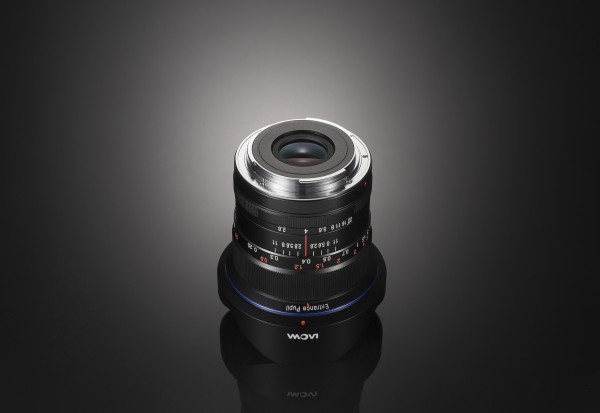
This image is courtesy of Laowa corporation. http://www.venuslens.net/product/laowa-12mm-f2-8-zero-d/
To mount the lens, red dot needs to be aligned with the similar dot on camera (white on Sony). Red dot is large and easy to spot, but it is on the mount side, which I don’t really like. I prefer to see it from above, it makes lens replacement easier, especially when you hold another lens in the other hand. On Nikon and Canon version, aligning dot is on the side of the barrel, just as I like it.
Moving above “adapter” part, there is aperture ring, listing aperture stops from f/2.8 up to f/22. Aperture ring is all metal with partially “roughened-knurled” areas (approx. 1/2 of the overall surface). Rib like pattern is not entirely deep, but it does help proper grip. On the other hand, I prefer full knurled ring, it improves tactile feeling of controlling aperture and since the aperture ring of Laowa 12/2.8 is not very wide (6mm approx.), it will be easier to work with it. On the Sony E mount version, ring is well placed, maybe even a bit too far from the camera body, but on the Canon and Nikon version it is much closer to the camera body and that might involve some ergonomic discomfort.
Unlike many other recent lenses, Laowa 12/2.8 features only full stop aperture clicks, it is however possible to leave the ring anywhere between click positions and get so fine tuned exposure if needed. Decision to go with full stops with this lens is logical IMHO, because the difference in relative opening is very small between apertures and it will affect exposure and DOF only marginally.
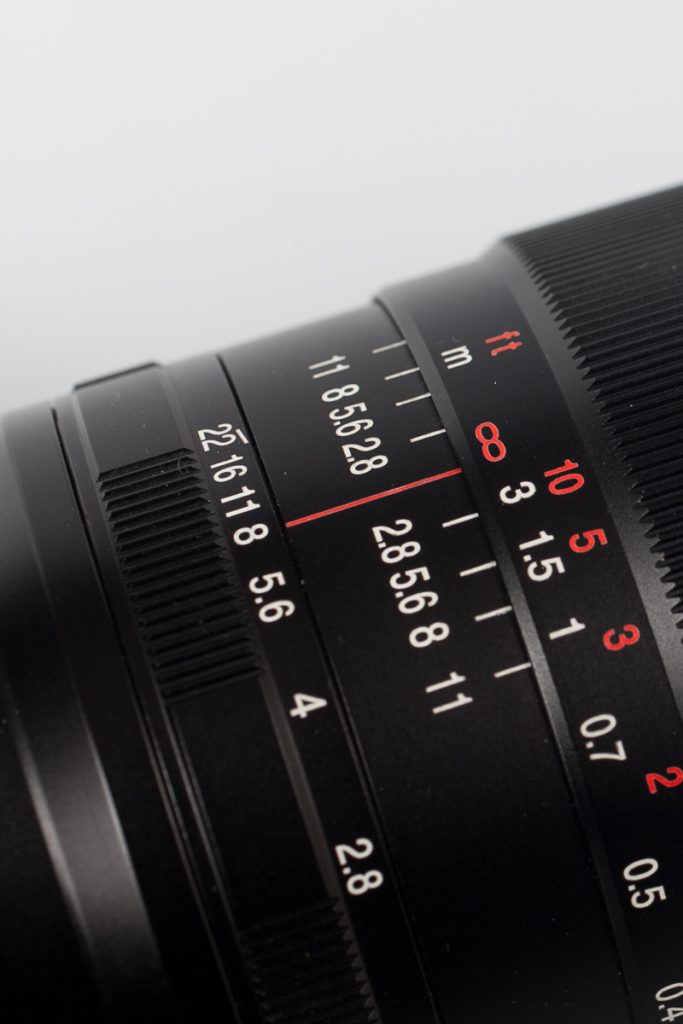 You might notice progressively decreasing space between aperture clicks. Aperture ring is very well dampened and click stops are very decisive but not distracting (not loud sound of click or heavy stops). The friction of the turn feels solid but not heavy. Laowa did very good job here.
You might notice progressively decreasing space between aperture clicks. Aperture ring is very well dampened and click stops are very decisive but not distracting (not loud sound of click or heavy stops). The friction of the turn feels solid but not heavy. Laowa did very good job here.
Moving toward front element, we will find DOF scale for the apertures between f/2.8 and f/11 (for smaller apertures, DOF scale is not really needed). All letters are engraved and painted, which suggest longer lasting visibility.
Above DOF scale, there is all metal knurled focus ring. Focusing ring is nice and wide enough (around 16mm), easy to find and operate. Distance scale is printed in white for metric values and red (orange) for royal values. There is also red infinity mark. Scale starts at 0.18m and goes to infinity. The full turn takes approx. 180° with a massive shift toward close distances. (Between 0.18 and 0.25 there is almost 20° turn, while between 3m and infinity, there is less than 3°).
Focusing is smooth and well dampened, but not as silky smooth as with Loxia, Milvus or Otus e.g. Difference is hardly notable tough and I would certainly consider manual focusing mechanism of Laowa as a top quality, we should however see how it will develop in time (my main concern is used grease).
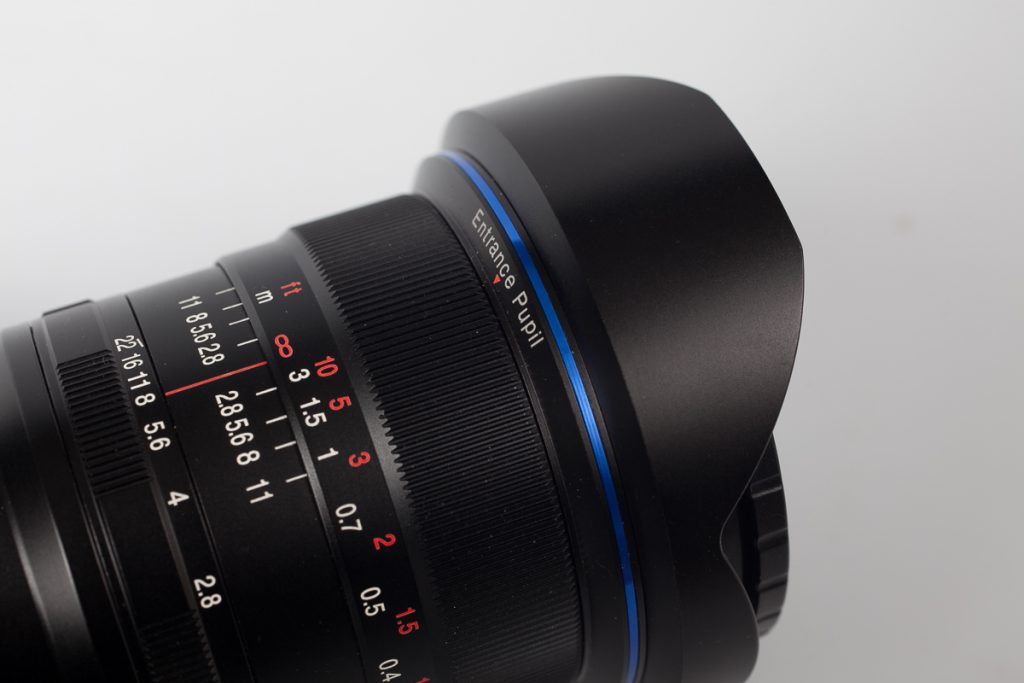 Right above focus ring, there is very nice little touch – red mark suggesting where the entrance pupil is.
Right above focus ring, there is very nice little touch – red mark suggesting where the entrance pupil is.
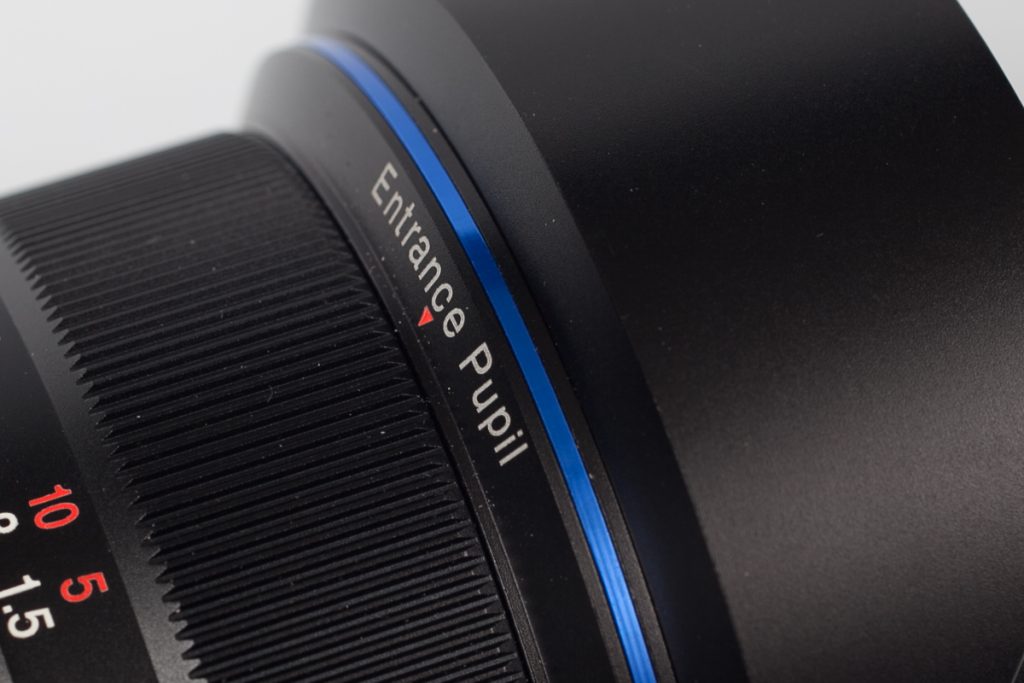 This is of a great help for panorama shooters, making it easy to adjust camera on the panorama head in order to prevent parallax error.
This is of a great help for panorama shooters, making it easy to adjust camera on the panorama head in order to prevent parallax error.
Moving further to the front of the lens, we can see blue metallic line, AFAIK only design feature (not sure if it corresponds well with that red/orange color of lettering, but it’s maybe just me) and lens hood bayonet behind it. Lens hood is petal shaped metal hood, not very deep of course, but very well made. As the rest of the body it is covered by matte black color, from both sides. This finish has very good finger print and scratch resistance, but it is slightly more reflective in comparison to velvet like fabric cover that can be found in some deeper lens hoods of other producers. (That velvet like synthetic surface should also help to collect more dust on the side of the lens front element by creating static electricity field around.) Laowa engineers, showed great sense for detail here, making the inner part of the lens hood (and adapter for Sony E mount) roughened by dense rib pattern. This is sort of compromise to at least reduce light reflection from the surface, while keeping design simple and durable. I always love to see this dedication to the detail from the producers.
To mount properly lens hood, two red dots should be aligned and hood than needs to be twisted 15° until it clicks in locked position.
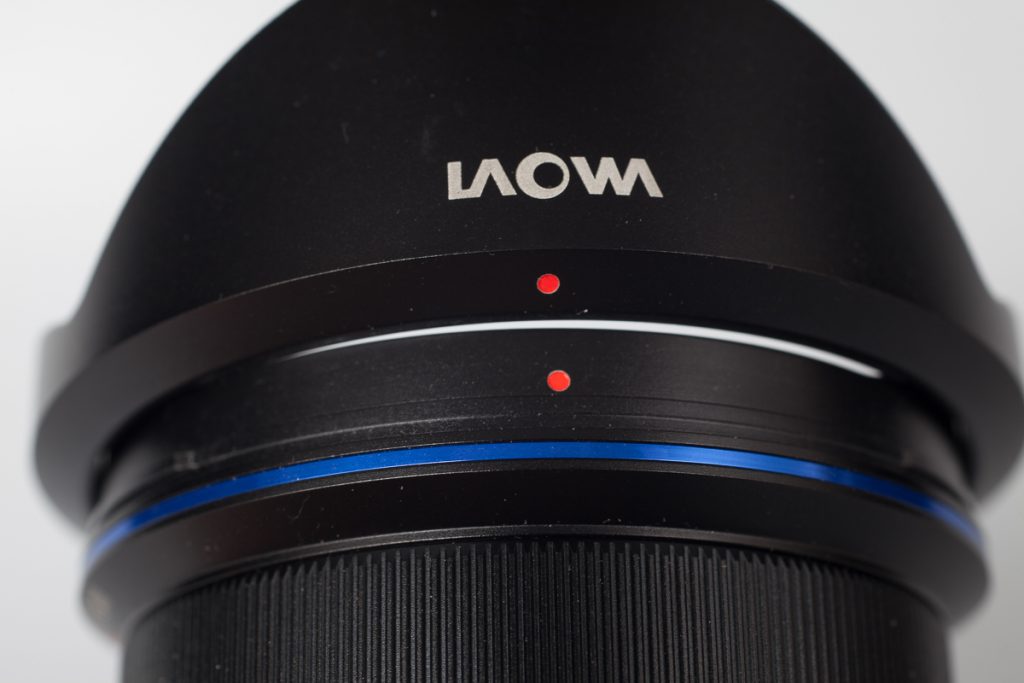 Lens hood can be also reverse mounted for transport. Venus Optics engineers shown their sense for detail again. On many of my other lenses, there is one red dot for mounting lens hood and one red line for aligning lens hood in the reverse position. Usually, dot and line have same thickness and they are on the very same contour line. I am rarely able to distinguish between them, when trying to mount the hood in the field and under time pressure. It all ends up by putting lens hood on the lens and rotating it until it somehow locks on. With those petal hoods, that can be costly idea, since often hood locks in the wrong position, with a longer wings on the shorter side, causing unpleasing vignetting in the resulting image. Laowa is using symbol of the entrance pupil position as the aligning mark for the reverse hood mounting and since that symbol is on lower contour line and it’s more like arrow end, it is easy to distinguish between the two.
Lens hood can be also reverse mounted for transport. Venus Optics engineers shown their sense for detail again. On many of my other lenses, there is one red dot for mounting lens hood and one red line for aligning lens hood in the reverse position. Usually, dot and line have same thickness and they are on the very same contour line. I am rarely able to distinguish between them, when trying to mount the hood in the field and under time pressure. It all ends up by putting lens hood on the lens and rotating it until it somehow locks on. With those petal hoods, that can be costly idea, since often hood locks in the wrong position, with a longer wings on the shorter side, causing unpleasing vignetting in the resulting image. Laowa is using symbol of the entrance pupil position as the aligning mark for the reverse hood mounting and since that symbol is on lower contour line and it’s more like arrow end, it is easy to distinguish between the two.
Lens top part is made of a petal shaped metal frame, that serves like a dock for the lens cap and protects the bulbous front element. The “wings” of that metal framing protrudes just enough, that you can place this lens on the table on its front part without lens cap or lens hood and it will stay steady, still protecting glass element from touching the table surface. You can do the same with the lens hood mounted normally or in its reverse position. All that shows once again, how much care and thought designers have put in this Laowa lens barrel construction.
On the outer front element cover ring, we can read the following
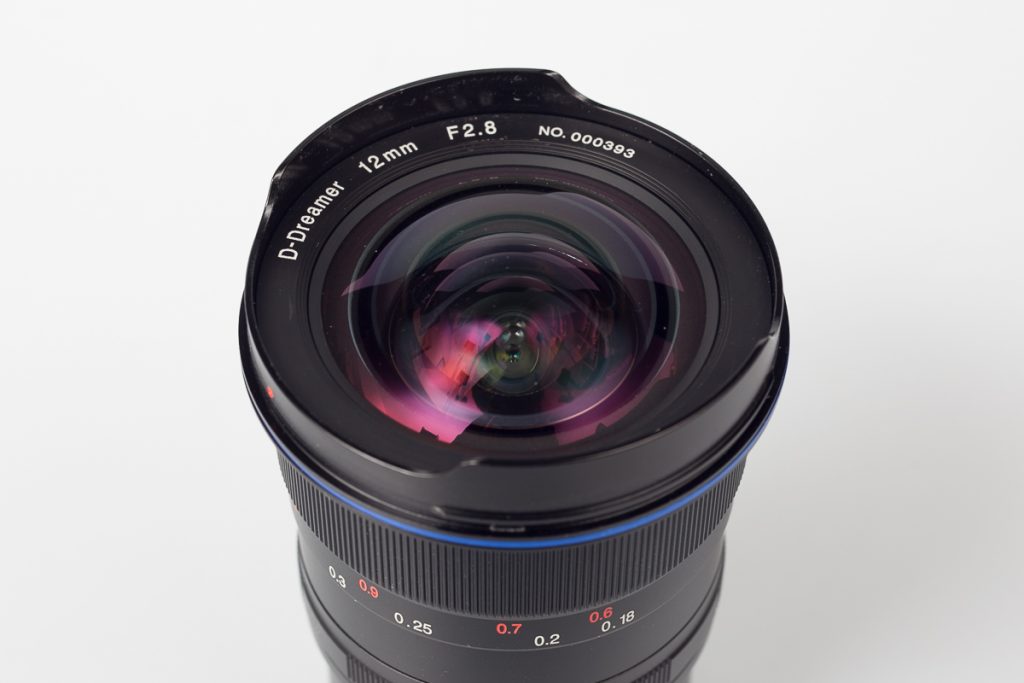 Meet D-Dreamer Zero D which in combination with Magic Shift Converter and Venus Optics can put Deadpool into shame when it comes to inventing names. The fancy number 0003xx is only for those who supported original Laowa kick starter pre-orders. There is also logo Laowa on the other side of that ring, which is not exactly to my taste, but hey… add that at the beginning of the name above – Laowa D-Dreamer Zero-D Magic by Venus Optics and tell me that you don’t feel power all around!!!
Meet D-Dreamer Zero D which in combination with Magic Shift Converter and Venus Optics can put Deadpool into shame when it comes to inventing names. The fancy number 0003xx is only for those who supported original Laowa kick starter pre-orders. There is also logo Laowa on the other side of that ring, which is not exactly to my taste, but hey… add that at the beginning of the name above – Laowa D-Dreamer Zero-D Magic by Venus Optics and tell me that you don’t feel power all around!!!
Lens cap is the only plastic part of the Laowa 12/2.8 that I was able to find, (yes, even the “dreamer-D” ring is made of metal it seems) but it is very well made with roughened rim for better grip and accurate depth to fit the petal dock. It is push-in type, which means that it fits from the inner side of the petal ring, which makes it easy to mount also when lens hood is attached. Original owner however added a bit of a duct tape around the cap (not visible in the image bellow), to make the cap fitting tighter.
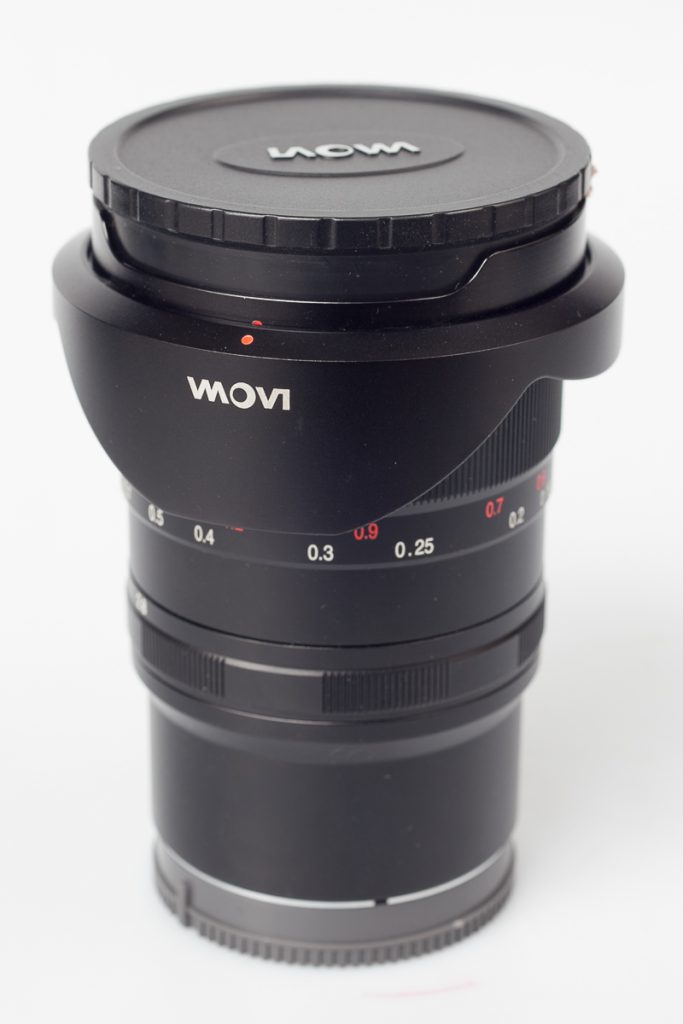 Overall build quality of the Laowa 12/2.8 is on a very high level. Assembling is perfect, nothing protrudes what shouldn’t, mechanical parts move well with nice tactile feeling and in the case of the Sony E version, adapter is very nicely incorporated in the rest of the body. While focusing is smooth with good tension, I have experienced smoother. Could be the grease or the material of the helicon itself, it’s hard to tell, but make no mistake, it works perfectly as intended.
Overall build quality of the Laowa 12/2.8 is on a very high level. Assembling is perfect, nothing protrudes what shouldn’t, mechanical parts move well with nice tactile feeling and in the case of the Sony E version, adapter is very nicely incorporated in the rest of the body. While focusing is smooth with good tension, I have experienced smoother. Could be the grease or the material of the helicon itself, it’s hard to tell, but make no mistake, it works perfectly as intended.
Lot of well thought details, refers to the great dedication, experience and talent of the lens designers, working hard to deliver mature product to the market.
Thank you Venus Optics designers, you deserve great credit for your effort.
There is however one shortcoming which is not related to design but rather to production tolerances and quality control. This sample can’t focus up to infinity on my Sony A7 MII and A7r cameras.
I contacted Venus Optics regarding this problem and after sending them lens serial number, they asked me to send the lens to their address for replacement. Here is the answer from Kevin that I received after describing the problem and sending him lens serial number:
Hi Viktor, If this is the case, I strongly recommended you to arrange the lens back to us for a replacement in order to resolve this infinity focus issue. Could you please arrange it back to our warehouse address below?
(Please contact Venus optics to obtain address for shipping).
If you have similar problem I encourage you to write an email to Venus Optics and describe your problem. I got the impression that they will gladly work it out with you.
To E or not to E?
That’s the question… Well in this case, it’s maybe not as big question as it usually is, when you read through Sony E mount forums about what lens mount buyer should choose. I belong to the group who thinks that if the lens is fully manual, there is no reason to buy native E mount version. Why? Because if you buy e.g. Nikon version, you can use it on Nikon, Canon, Sony and many other systems such as Fuji or Olympus. The other group usual key argument is that with the adapter produced and calibrated by the original lens producer, there is higher probability to prevent problems with de-centering, light leaking or light reflection (from the inner surface finish of the third-party adapter).
Without promoting one or other solution, with this Laowa 12/2.8 we have 2 extra reasons to go with Canon or my favorite Nikon solution.
- Sample of the Laowa 12/2.8 that I have borrowed from Jan in the native Sony E mount, can’t focus to infinity. You can turn the ring to the infinity mark but it needs to move the lens a bit closer to the sensor in order to focus accordingly. Some time ago, I had a similar problem with my Metabones Canon EF to Sony E mount adapter (version III I think). I couldn’t reach infinity focus with my Zeiss lenses, especially Distagon 21/2.8 ZE. Metabones sent me “thinner” adapter part (silver plate) to replace and that worked. Maybe similar solution will be possible for this particular sample too, but higher probability of perfectly calibrated lens with a native E mount from producer is fading out as a relevant argument.
(BTW after thinking of this problem and looking to my Metabones adapters, I noticed quite high similarity in the designs, quality of used materials and some details (such as lettering and rib pattern) that I started to believe that Laowa might be somehow connected to the Metabones itself. This is pure speculation, but considering very good optics (later about it) and close relation between Metabones and Brian Caldwell, maybe there is something behind it…) - If you want to use shift capabilities of this lens, you will need Sony E mount camera and either Canon or Nikon version of the lens itself. Only then you can use Magic shift converter (MSC).
Considering both of those reasons above, and fact that the lens itself was originally designed for standard DSLR cameras, I would strongly suggest to opt for the Canon or Nikon version and to buy magic adapter converter instead of the native E mount.
Image quality
Since the sample that I had for this review can’t focus to infinity, I can hardly share experience with the sharpness of the lens. However, from what I have seen on Photokina, this lens is very sharp in the mid frame from f/2.8 and it shows reasonable decrease in sharpness toward edges to subjectively still very good results. In other words, looking at the images from Photokina, I can say, that sharpness is nothing to worry about.
To test the lens on my test chart was problematic, because the format covering distance is only around 20 cm from the target, which is certainly not the regular working distance for this lens. On top of that, it is virtually impossible to properly lit the chart, because of the shadows that camera and tripod cast over it.
But I did it anyway, because there are a couple of things that we should be able to read from test chart, except the MTF!
Infinity focus problem
As I wrote, this lens has issue with infinity focus. It is simply slightly too far from the sensor and in a result, it is impossible to focus properly on anything further than few meters. 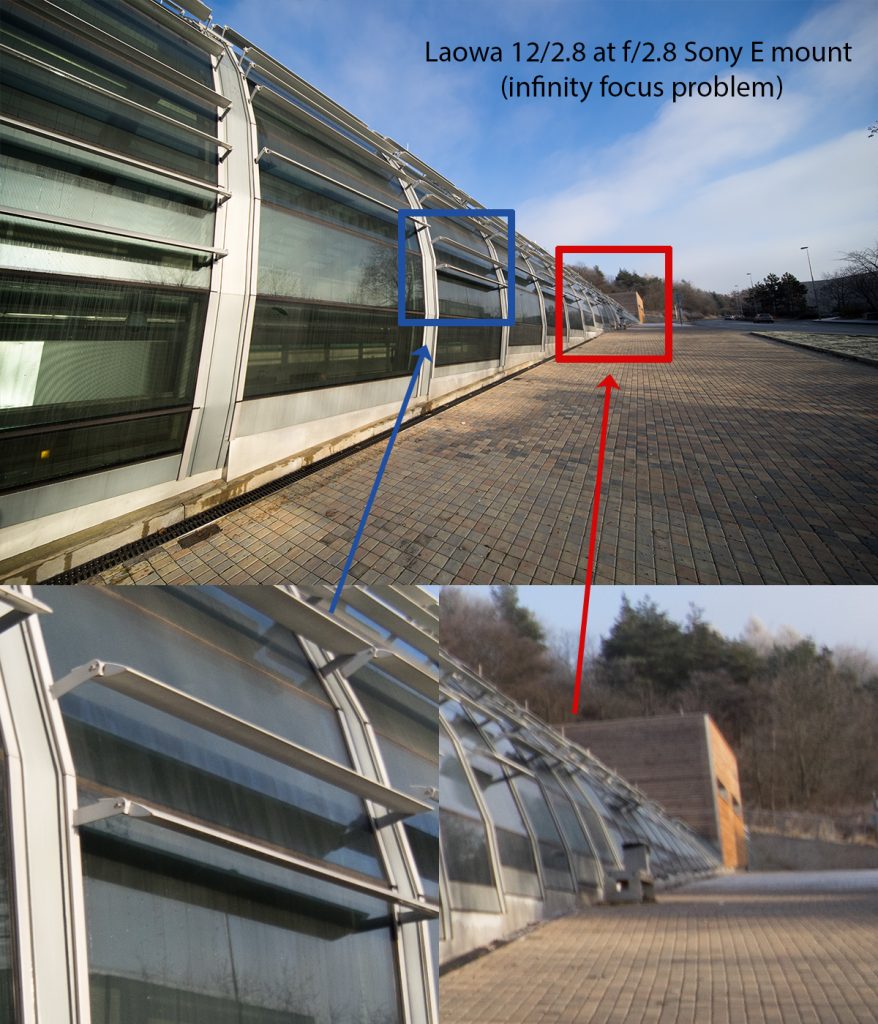
Selecting smaller aperture, improves the perception of the sharpness, and even with this fault, images looks crisp and sharp in the usual web size.
Focusing problem in general
It worth mentioning, that while it sounds trivial, it is not easy to critically focus this lens, especially at wide open apertures. DOF is always rather large and it increases with the focus distance, but focusing accuracy (focus throw range) is decreasing toward longer distances. Electronic view finders will help with the magnification feature, but I still have been struggling to get proper focus with Sony A7 MII (apart of infinity issue). With the optical viewfinders, you might experienced even more problems. Calibration of the focus scale is more important than with AF lenses and you might use LCD instead of OVF (on DSLRs) if you need critical focus accuracy.
Sharpness
Here is the official MTF chart from Venus Optics
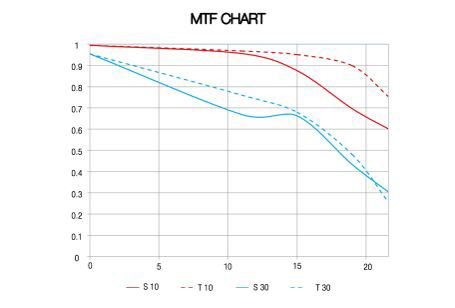
This image is property of Venus Optics corporation – http://www.venuslens.net/product/laowa-12mm-f2-8-zero-d/
Image samples and more info – http://www.venuslens.net/product/laowa-12mm-f2-8-zero-d/
While we shouldn’t read MTF from my chart tests bellow, we can still notice few things.
a) Center sharpness is excellent at all apertures. There is very little gain in sharpness up to f/5.6. After f/8 we can see effect of diffraction.
b) There is slight field curvature. This is true at even larger focus distance from the subject. However, field curvature is well under control for such a wide-angle lens and at apertures of f/8 and smaller it shouldn’t be much of a problem, especially considering that corners will usually represent areas that are at infinity focus zone.
Following target was shot at the distance of approx. 1m
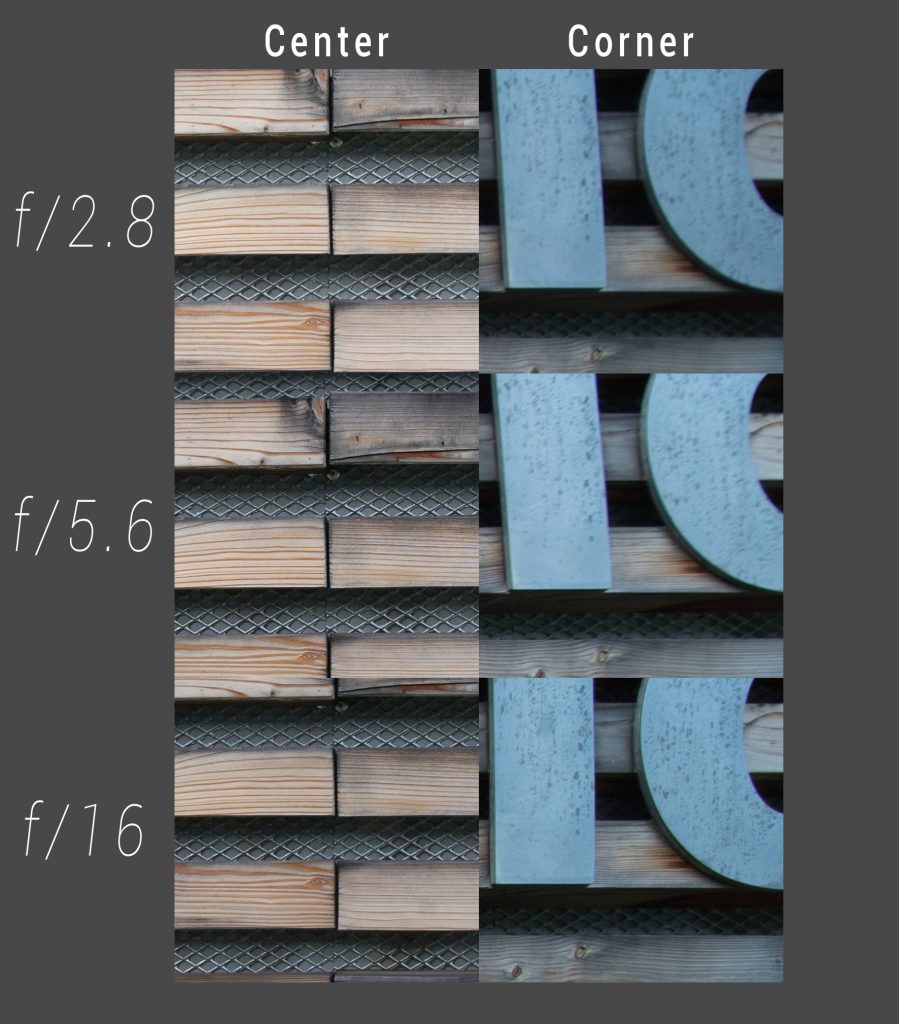 Distortion
Distortion
Optical distortion is greatly corrected. There is barely notable barrel distortion, bellow 1%. This is magnificent result for this focal length!
Light fall-off
Vignetting is quite strong. It goes up to -2EV in my measurements at f/2.8. This can be an issue if you are shooting lot of interior shots and you don’t have time to expose separately for corners and mid frame (and to blend exposures in pp).
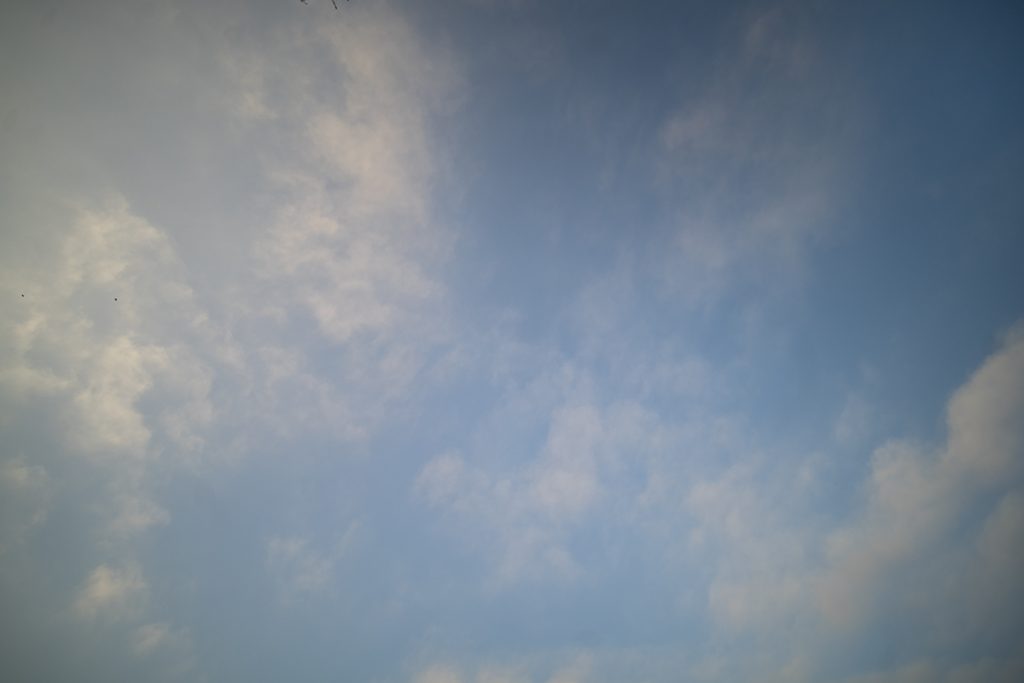 To get rid of light fall off, you’ll need to stop the lens down to f/5.6 or even better f/8
To get rid of light fall off, you’ll need to stop the lens down to f/5.6 or even better f/8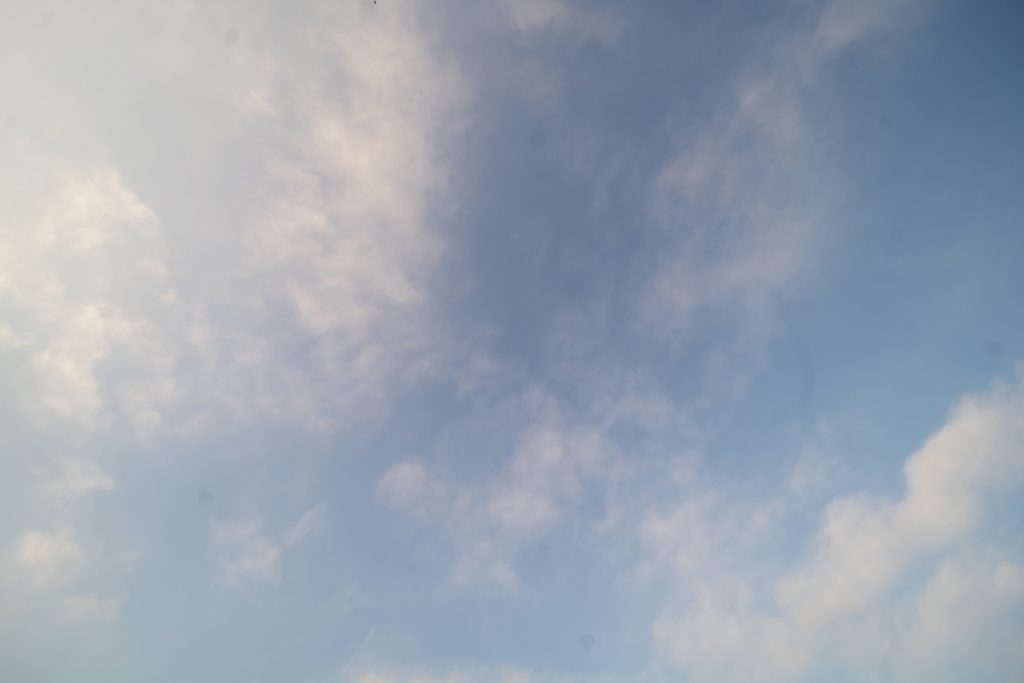
Chromatic aberration
There is visible lateral CA. This was surprise for me as I don’t see often this aberration with the modern lenses.
On the other hand, as far as I was able to distinguish (not so easy because of natively large DOF) longitudinal (axial) chromatic aberration (LoCA) seems to be very well controlled. Lateral chromatic aberration can occur in the real life shots, and you might want to remove it in the post processing. In the shot bellow, I still think that Lateral CA is the main problem, since the fringing occurs toward edges of the frame and rather within single plane in focus.
Flaring
There are only two serious issues with this lens for my intended use (architecture). One is already mentioned vignetting and the other is flaring. Laowa 12/2.8 on my Sony A7 can produce some nasty flares, and it is not always easy to hide those flares in the back-lit situations.
I made a lot of shots trying to find some pattern/angle under which flaring occur, but because of the extreme angle of view, it was impossible. On the positive side, Laowa succeed in preserving high contrast even against direct sun, so loss of contrast is not an issue. Problem is only flaring that manifests in strong red rings, followed by green flares and white blobs in some situations.
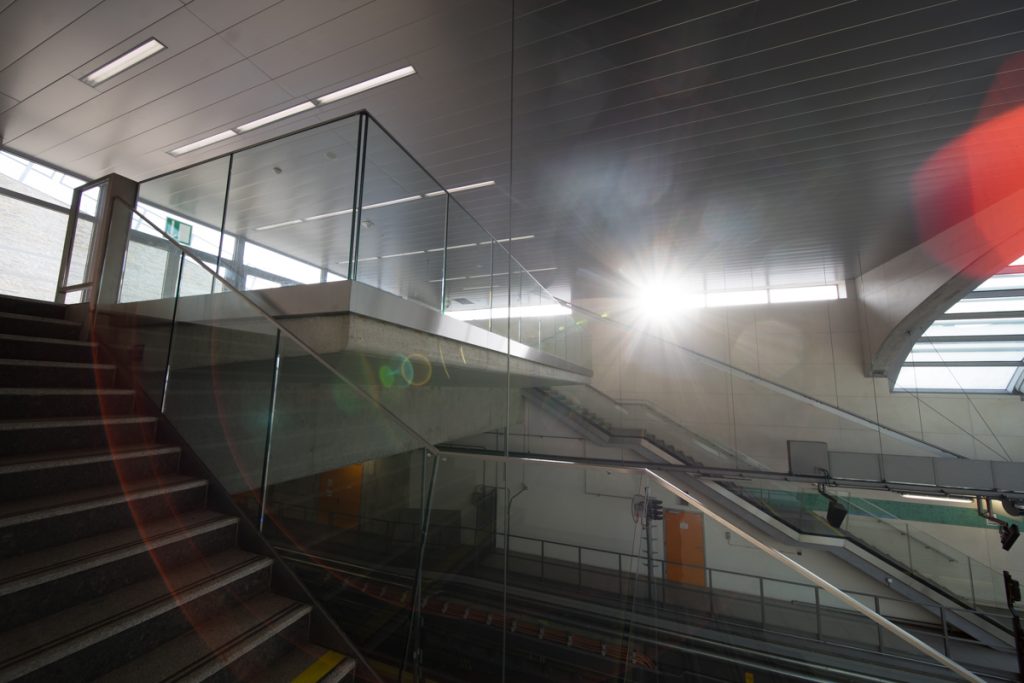
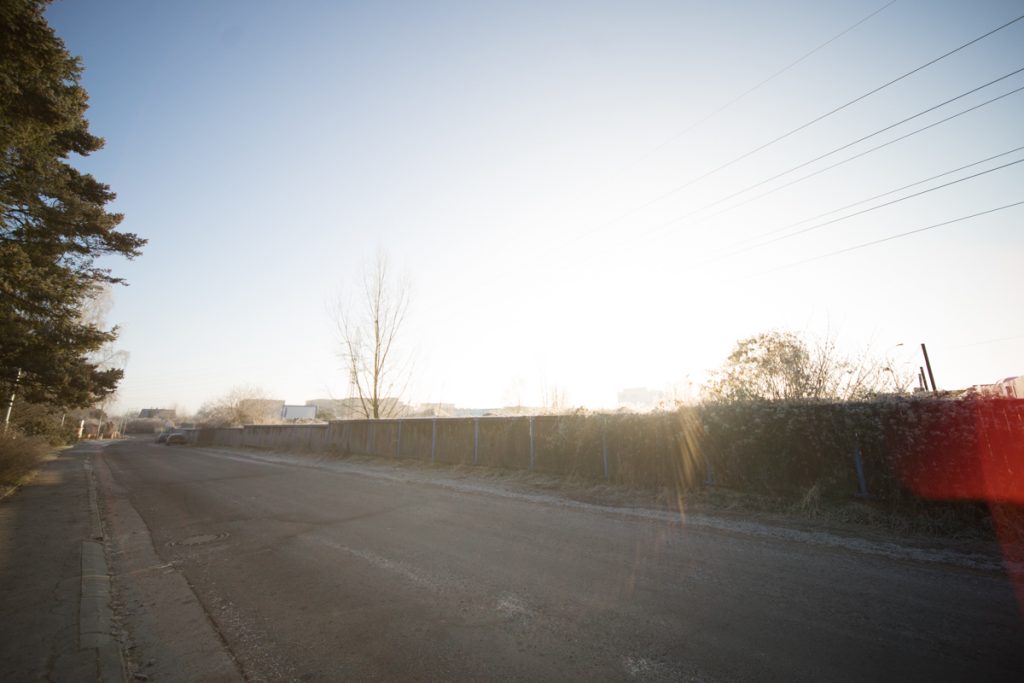
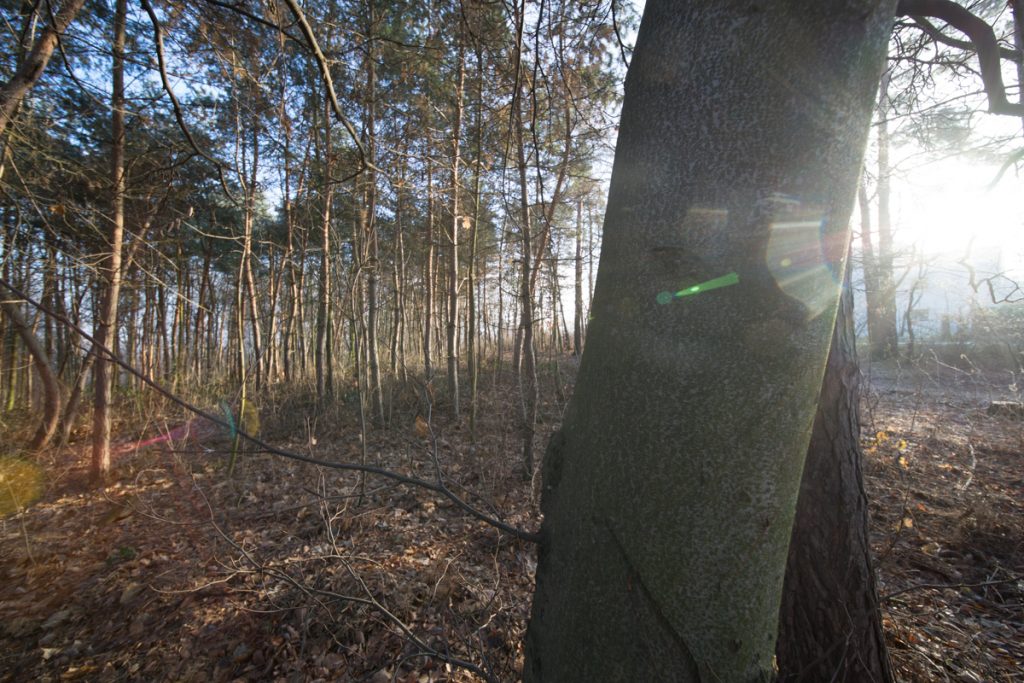 Sometimes flare will be well hidden so that you can’t see it on the set, but when you get back home, you might be unpleasantly surprised. Can you find red flare bellow?
Sometimes flare will be well hidden so that you can’t see it on the set, but when you get back home, you might be unpleasantly surprised. Can you find red flare bellow?
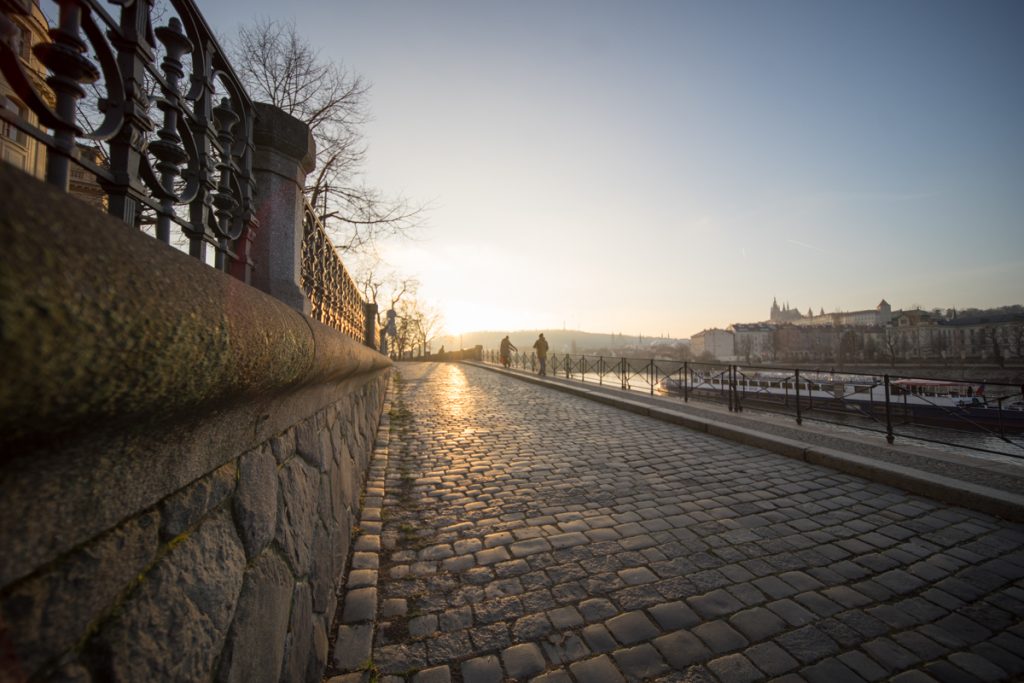 For my intended use, extensive flaring in the form of white blobs is a real problem, since I often shot several exposures within interior in order to reduce huge dynamic range that occurs when windows or other light sources are in the frame (and they usually are). Bellow is example of the phenomenon that I have a huge problem to work with in pp. It happen to appear also with my Canon TS-E 17/4 when used with Sony A7 (A7r, A7MII). I partially managed to reduce it, using flicked Metabones SA IV, but I often can’t get fully rid of the flares. The only way is to use the lens on my native Canon body. This suggests that long distance of the rear glass from the Sony E sensor and reflectiveness of the sensor and its toppings, in combination with the inner finish of the extension tube (or third-party adapters), do create more issues with flaring than with DSLR systems.
For my intended use, extensive flaring in the form of white blobs is a real problem, since I often shot several exposures within interior in order to reduce huge dynamic range that occurs when windows or other light sources are in the frame (and they usually are). Bellow is example of the phenomenon that I have a huge problem to work with in pp. It happen to appear also with my Canon TS-E 17/4 when used with Sony A7 (A7r, A7MII). I partially managed to reduce it, using flicked Metabones SA IV, but I often can’t get fully rid of the flares. The only way is to use the lens on my native Canon body. This suggests that long distance of the rear glass from the Sony E sensor and reflectiveness of the sensor and its toppings, in combination with the inner finish of the extension tube (or third-party adapters), do create more issues with flaring than with DSLR systems.
All that being said, you can still fight with flaring, if you look for the flare free position, but it is not always easy to spot it.
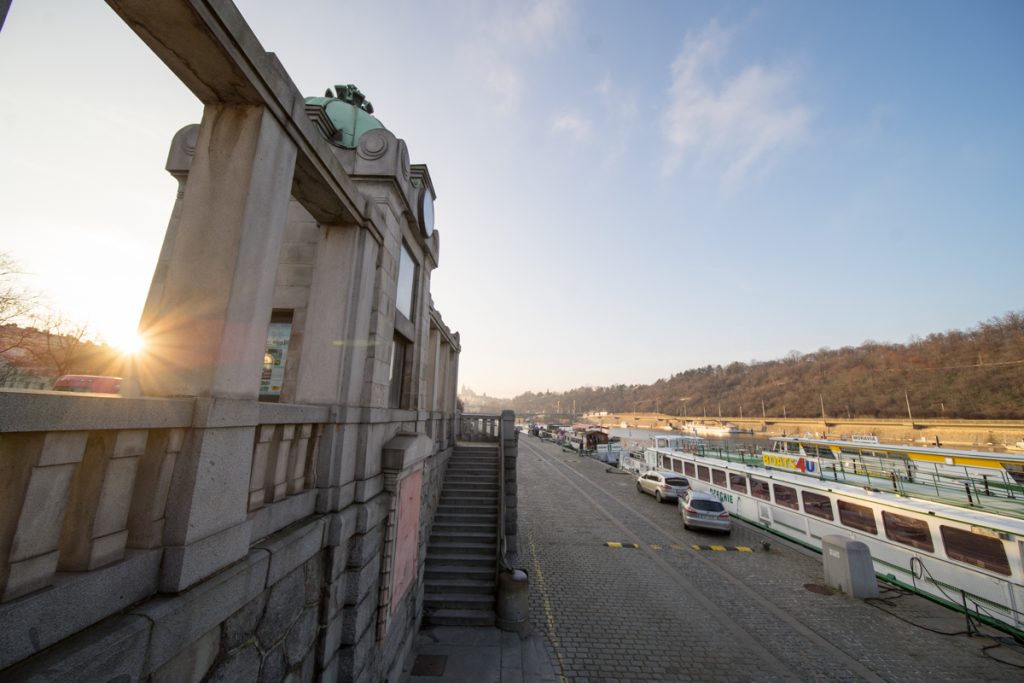 Bokeh
Bokeh
Seriously? Because of the very short minimum focus distance, it is possible to separate subjects from the backgrounds, but this is certainly not the main purpose of this lens. I made just a few shots close to maximum magnification distance and from what I can see, bokeh is pretty decent for this type of lenses.

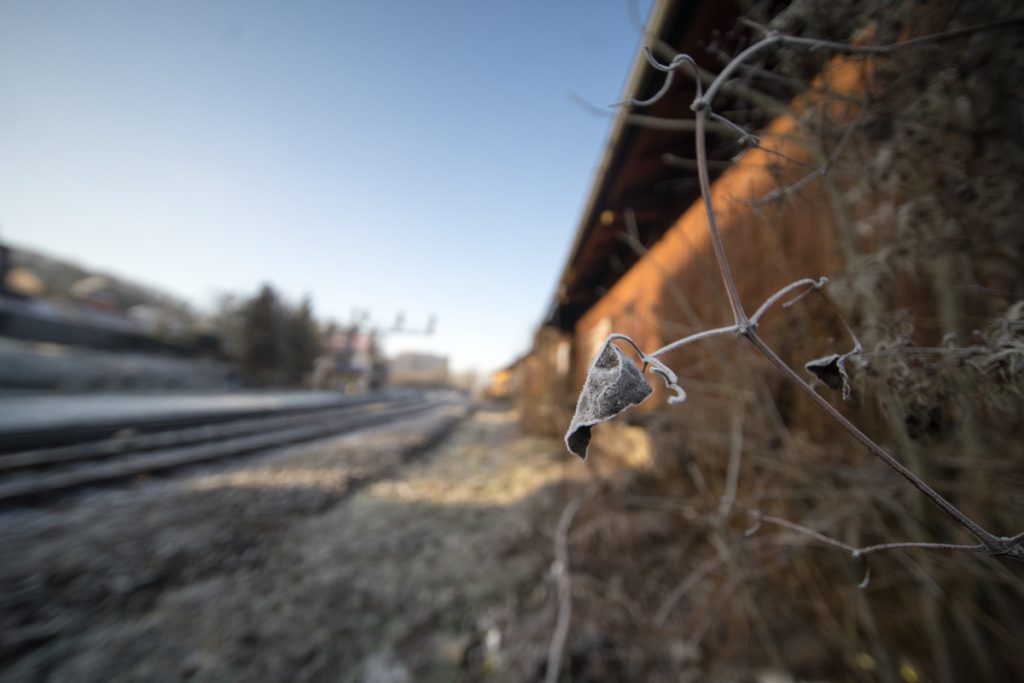 In studio I found slight traces of under-corrected SA and sphero-chromatic aberration, but because the highlight circles would be usually very small, there is nothing to be worried of. On the first image I boosted clarity in LR to help seeing highlights, in the second image I left everything as it was exposed, to show that “bokeh” is in fact smooth and it doesn’t show nervous tendencies.
In studio I found slight traces of under-corrected SA and sphero-chromatic aberration, but because the highlight circles would be usually very small, there is nothing to be worried of. On the first image I boosted clarity in LR to help seeing highlights, in the second image I left everything as it was exposed, to show that “bokeh” is in fact smooth and it doesn’t show nervous tendencies.
Coma
Coma seems to be very well corrected too, which make this lens interesting proposition for astro-photographers.
Image quality conclusion
Putting infinity focus problem aside, Laowa 12/2.8 is enormously interesting ultra wide-angle lens, opening new possibilities for photographers. With it’s 122° angle view and almost no optical distortion it is also great lens for super wide panorama shots. I believe that adding dedicated Magic Shift Converter can challenge my workhorse – Canon TS-E 17 on my Sony E cameras.
From all above mentioned shortcomings, I see only two real issues for my intended use – excessive vignetting up to f/5.6 and not ideal flare control. The first one can be overcome by stopping the lens down or by taking two or more exposure for blending in pp. Flare control is something I am still not sure how to deal with, because I often simply don’t see it on the set.
Few words about 12mm focal length
I met quite a few photographers, who rushed into buying UWA lens for the landscape photography and who ended rather disappointed with the results. In my humble opinion, this happen because they wanted wider angle of view, but that makes their composition filled with more “empty” space and the result was disappointing. This is because they still focused on standard composition rules, thinking rather in one (2D) image plane.
Here is what you can get with this wide-angle lens, if you shot i.e. cityscape from the bridge
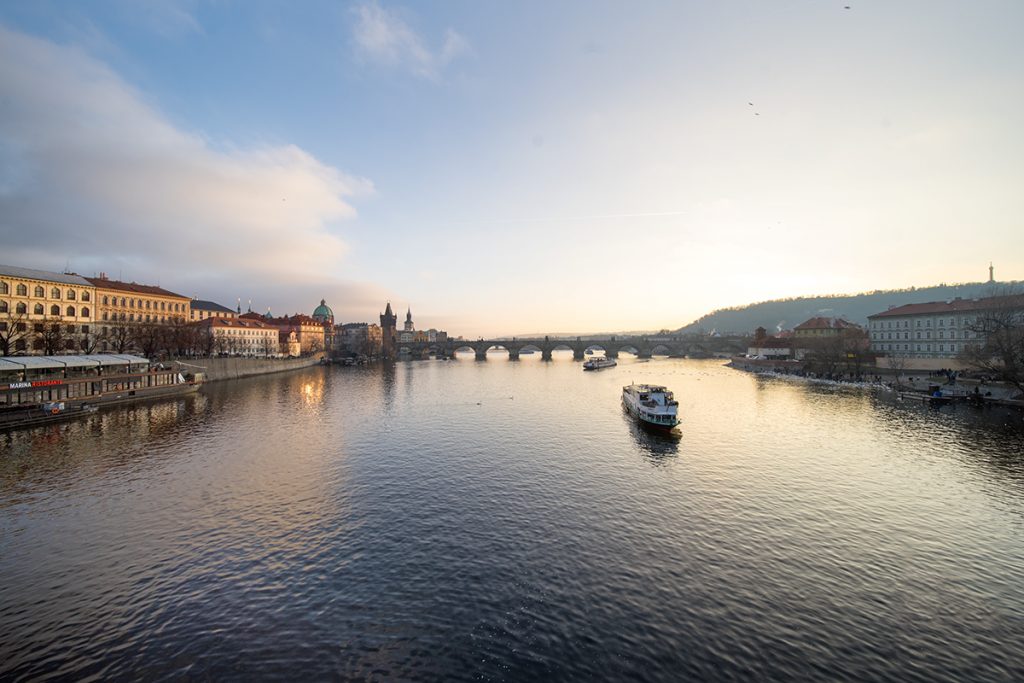 As you can see, the wide-angle by itself doesn’t mean much. What I got in this image is almost panoramic sight in the 3:2 format. The main subject of the image – the ship, is too far and too small, and while it helps slightly to get some basic dynamic into composition by opening diagonal, whole image is rather flat and static. On top of that, I put horizon line in the middle of the frame, because I was afraid that there is either too much sky or too much water and both are sort of “empty” space. This is because I composed having only wide-angle of view in my mind.
As you can see, the wide-angle by itself doesn’t mean much. What I got in this image is almost panoramic sight in the 3:2 format. The main subject of the image – the ship, is too far and too small, and while it helps slightly to get some basic dynamic into composition by opening diagonal, whole image is rather flat and static. On top of that, I put horizon line in the middle of the frame, because I was afraid that there is either too much sky or too much water and both are sort of “empty” space. This is because I composed having only wide-angle of view in my mind.
Bellow is even worse example – great light, nice river, but composing 2D I ended with a horrible image without any expressive value.
To discover the power of UWA lens, you should try to think in 3 dimensions, end even to force 3rd dimension above anything else.
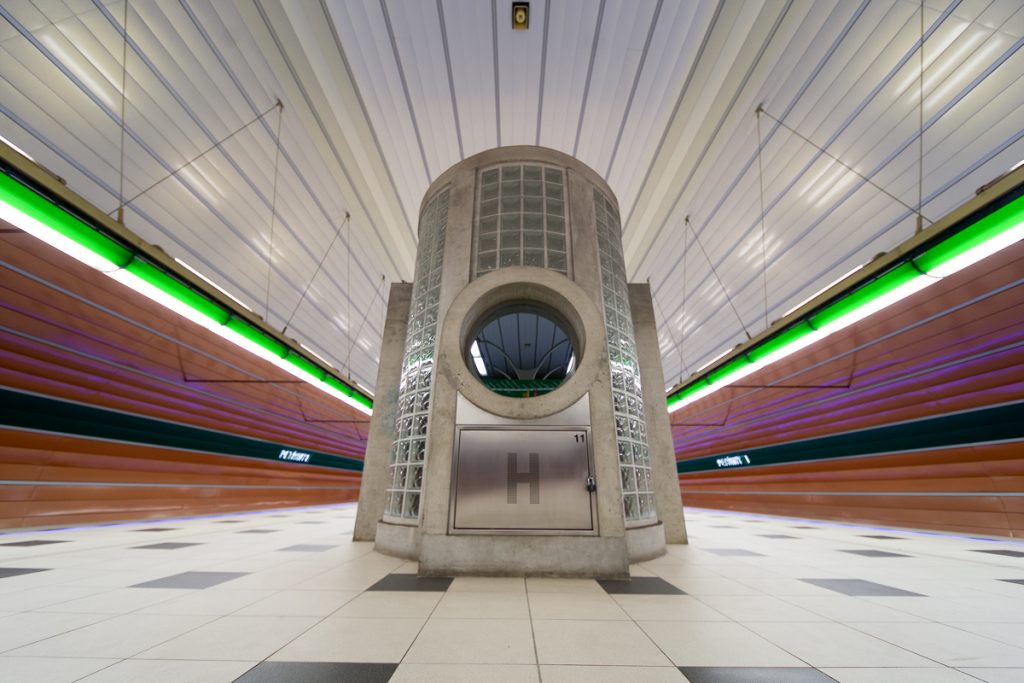 Two images above are using 3rd (z axe) dimension as the main composition guide. Comparing those with the 2D based images above reveals, what is great advantage of UWA lenses – increased dynamics of the composition. No matter if you compose centrally or you use one of the standard composition rules, like rule of thirds e.g., you should think about depth and guiding lines. To master UWA composition it might take whole photographers life, but with the lens like Laowa, you will have one of the best tools to start with. My main advise for using such a lens is – THINK DEEP, THINK 3D!
Two images above are using 3rd (z axe) dimension as the main composition guide. Comparing those with the 2D based images above reveals, what is great advantage of UWA lenses – increased dynamics of the composition. No matter if you compose centrally or you use one of the standard composition rules, like rule of thirds e.g., you should think about depth and guiding lines. To master UWA composition it might take whole photographers life, but with the lens like Laowa, you will have one of the best tools to start with. My main advise for using such a lens is – THINK DEEP, THINK 3D!
One more word about distortion. We should differentiate between perspective distortion and optical distortion as an aberration. I probably won’t even mention this, but I am always surprised to hear comments such as – “that lens has huge distortion, you should see faces how they look” or “it’s not true that distortion is well corrected, all buildings that I shot are falling over!”.
I don’t want to go deeply into explaining what is what, there are already several great articles on this topic, freely available on the web. (Just search for “optical distortion”, “perspective distortion” or “camera view-point”.) I just want to say, that when you see face distorted as in the shot bellow, or building falling over, it is not because of the optical aberration, it is because of physics. (And yes, my friend in the image got his head slightly conned to the side, by collecting legacy lenses for many years now. If you know about some cure for his LAS, please let me know, It might save his worthy life!)
Overall conclusion
Laowa 12/2.8 Zero-D is an amazing UWA lens. It does have its issues, professionals should think of vignetting and flare control, but with almost no optical distortion, it really opens new possibilities for photographers.
With more or less affordable price, I can only highly recommend this lens to all enthusiasts who want to enter world of dynamic, expressive compositions. It is one of the best recently available lenses for the task. I am seriously thinking of adding one to my collection, but before doing so (apart of saving money to buy it :-)) I would like to test new Voigtlander 10mm f/5.6 Heliar first.
In the sample gallery bellow, you can find sample shots that have not been post processed beyond basics adjustments. Most of the images published here, can be also found in respective original sizes in this Flickr album – https://flic.kr/s/aHskMDrimu
To read more about this great lens, you can visit official product site (lot of superb image samples there) – http://www.venuslens.net/product/laowa-12mm-f2-8-zero-d/
To help this page survive, your donation will be highly appreciated.
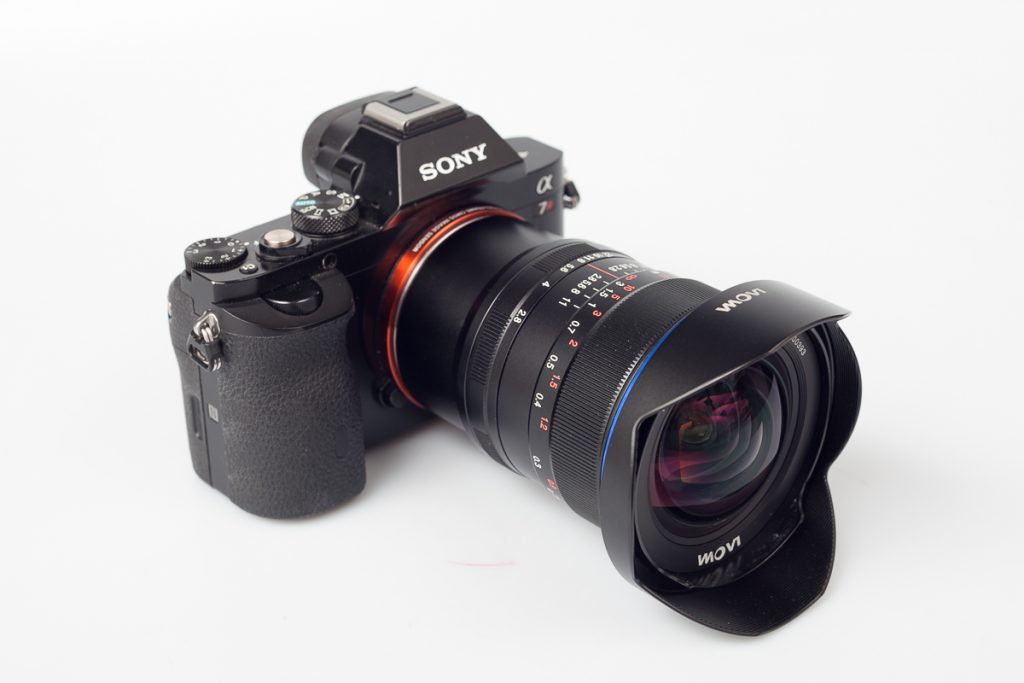
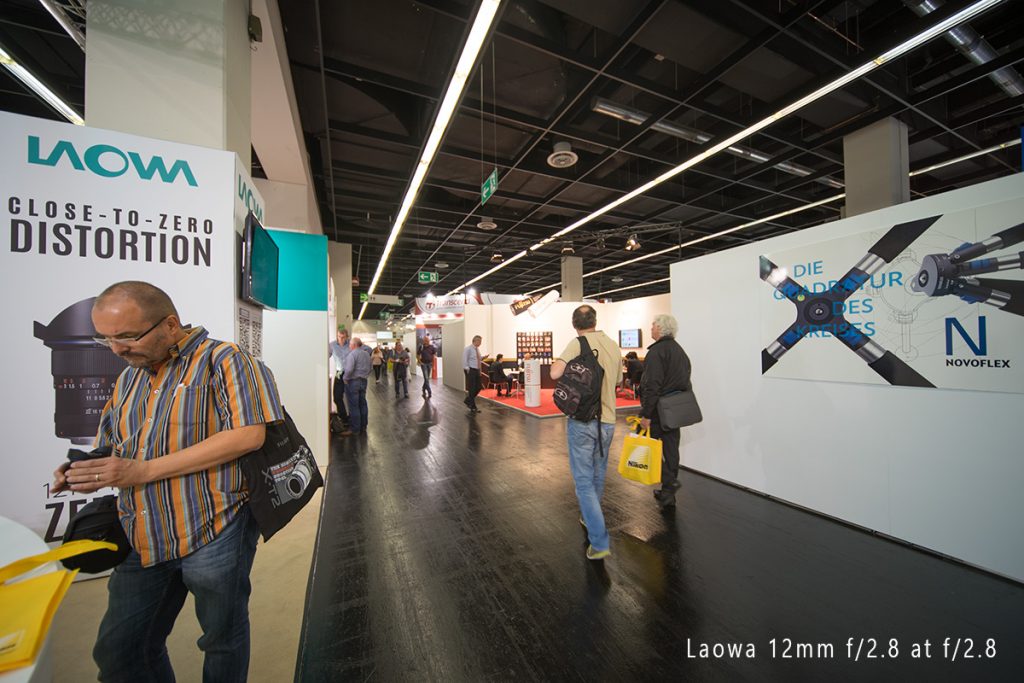
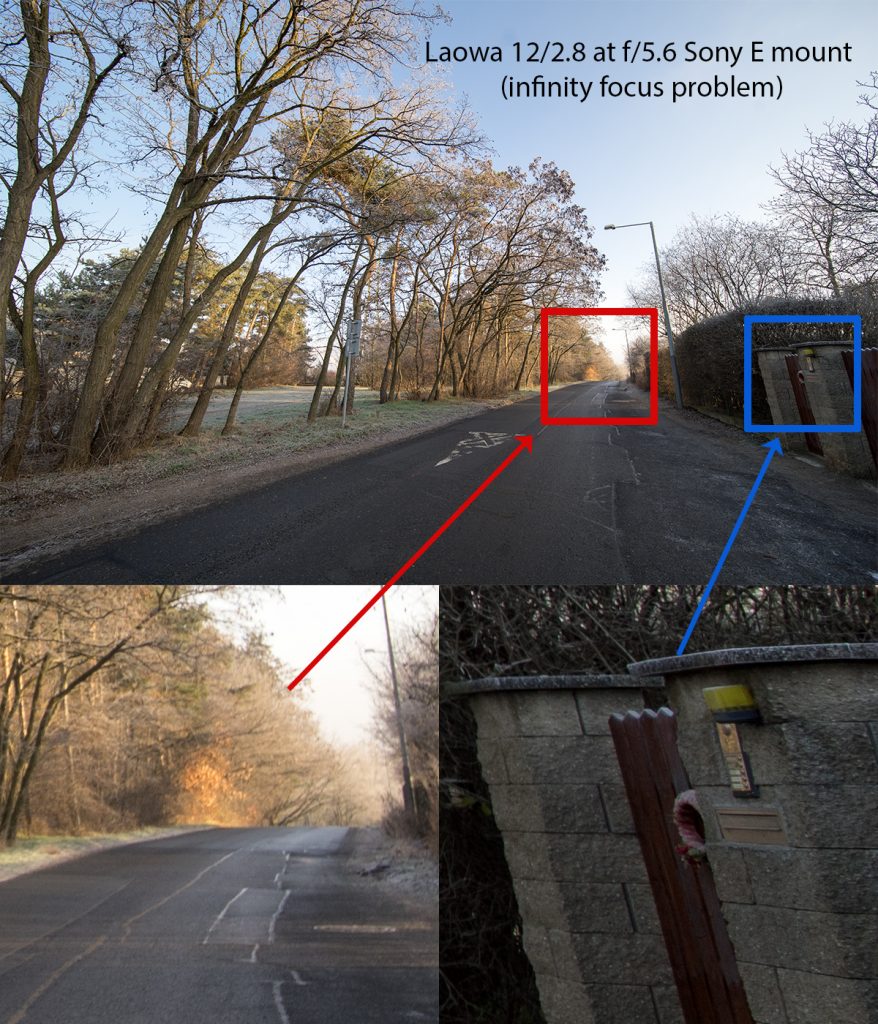
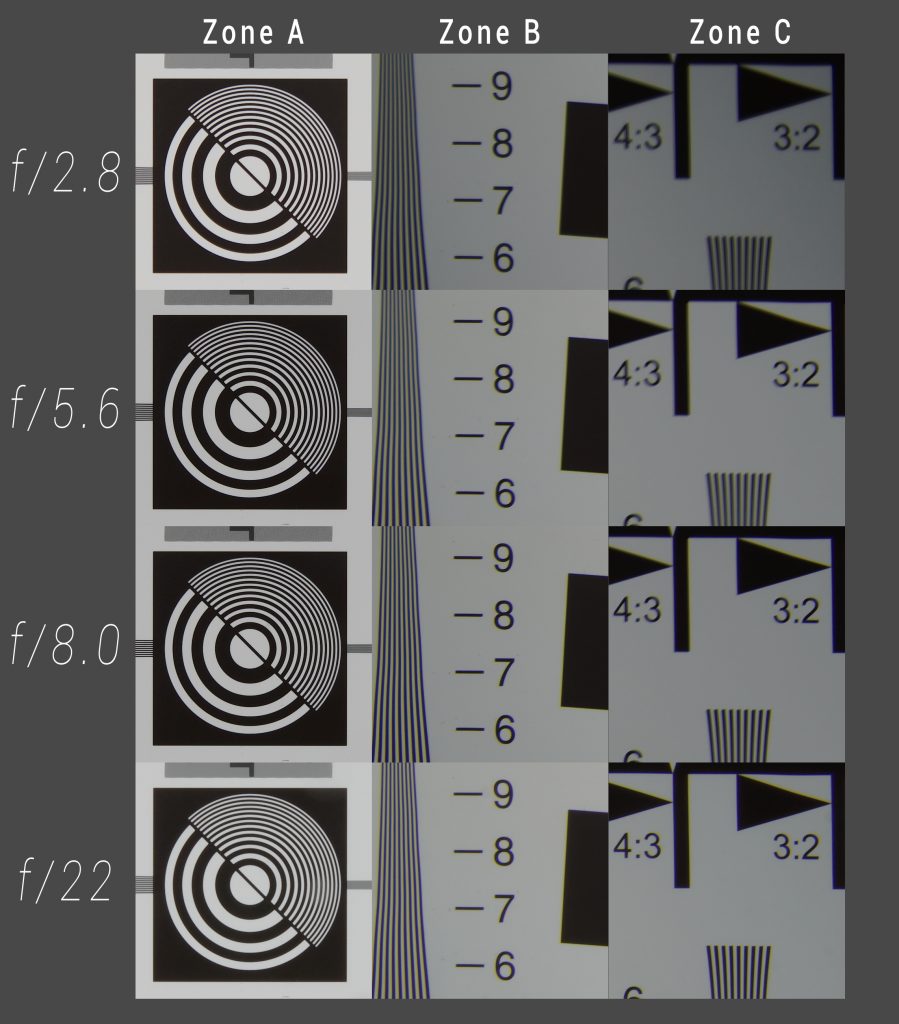
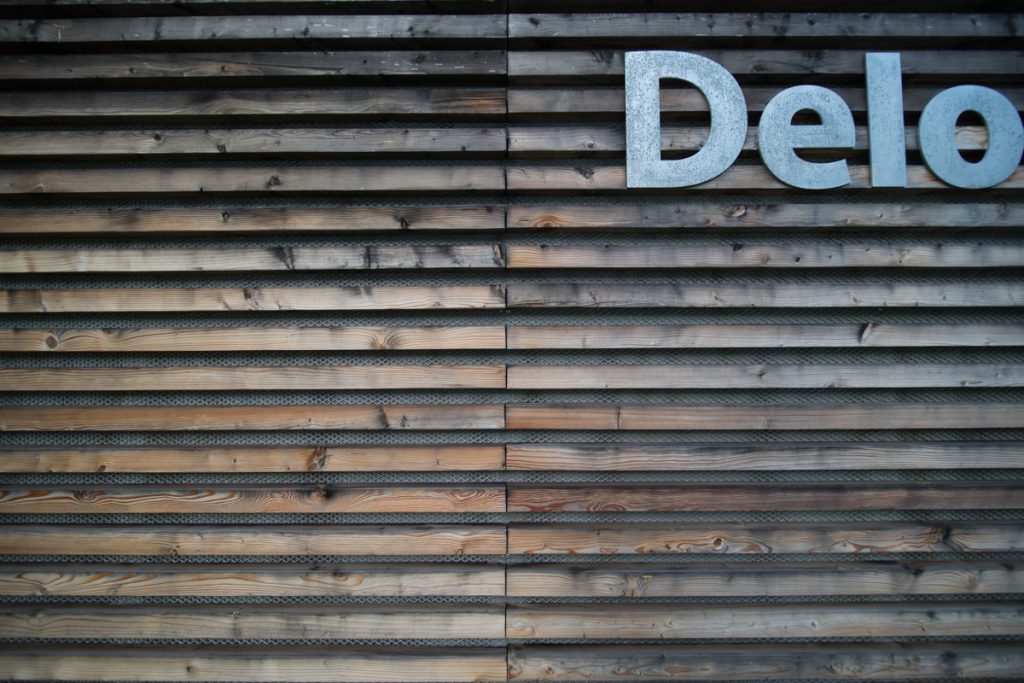
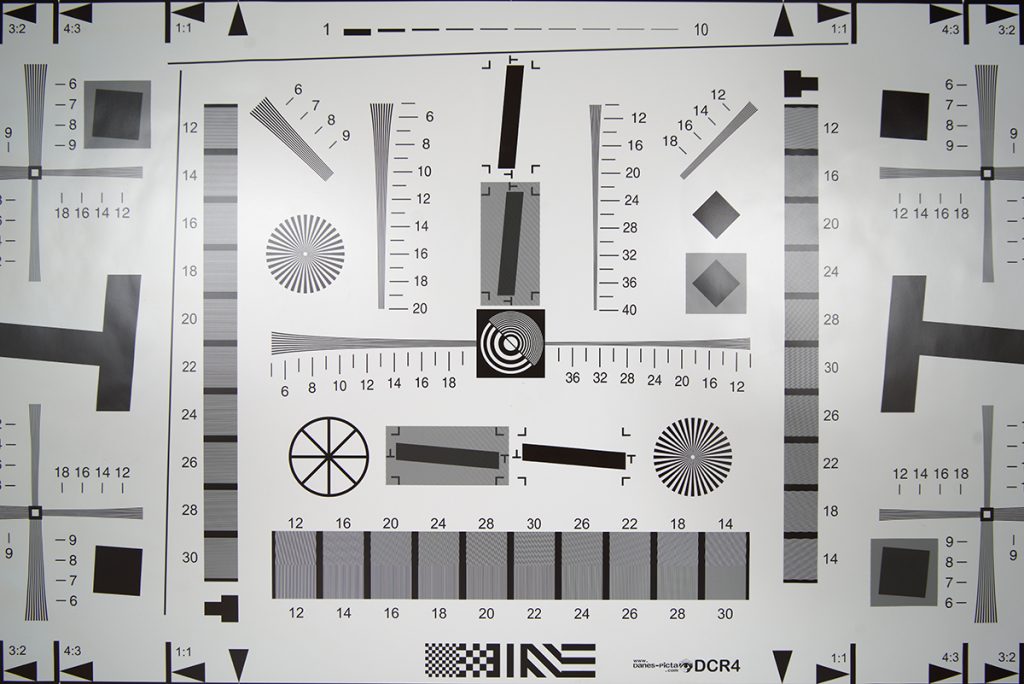
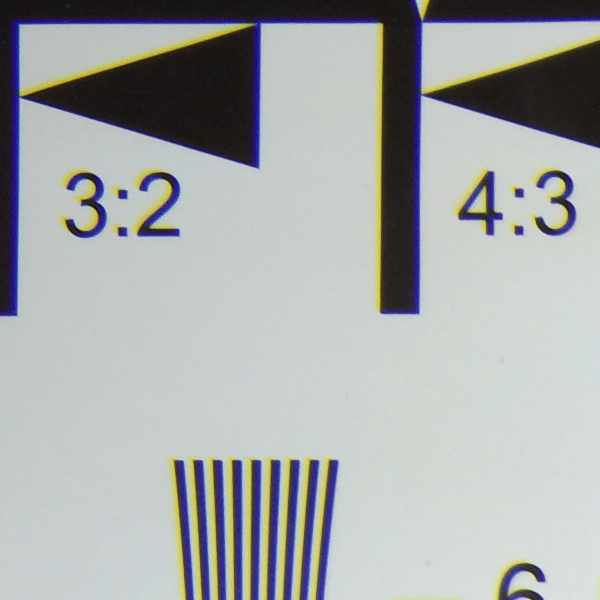
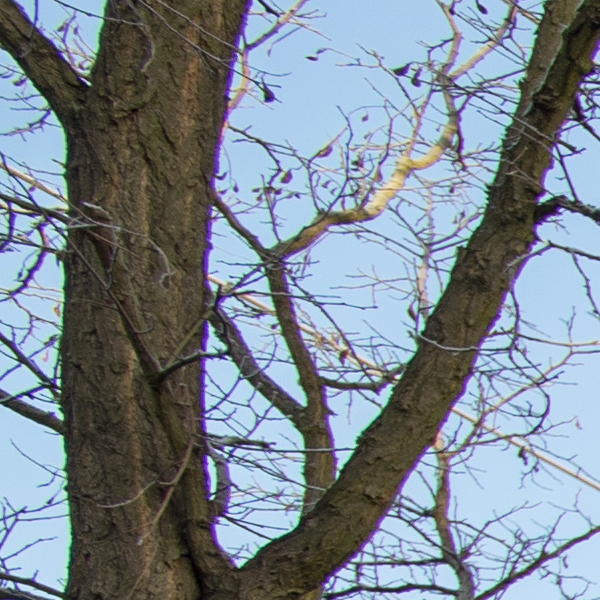
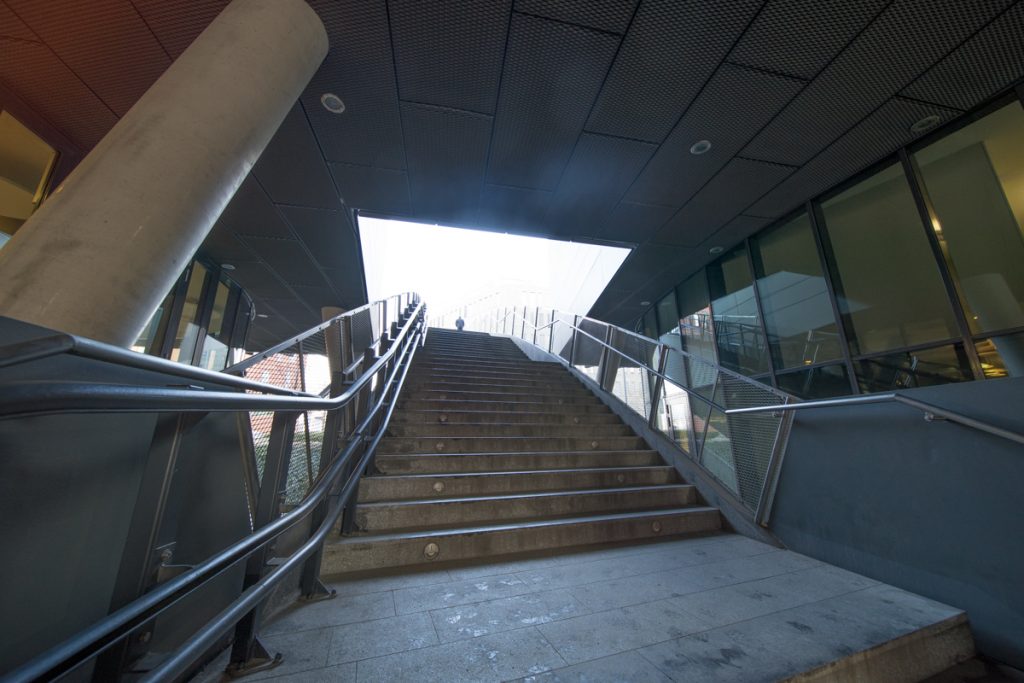
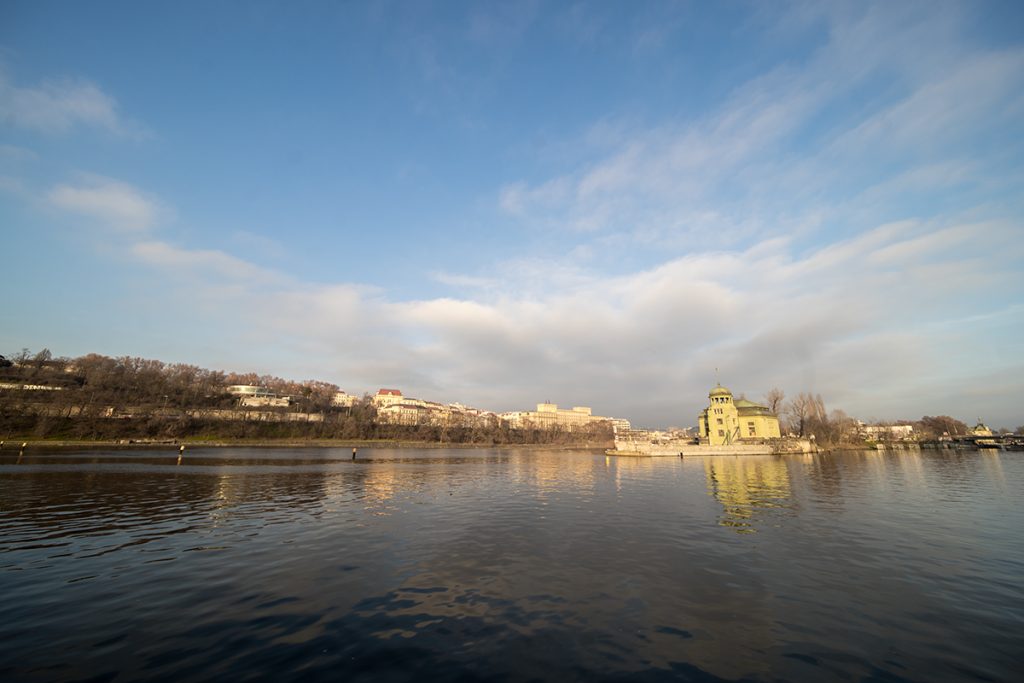
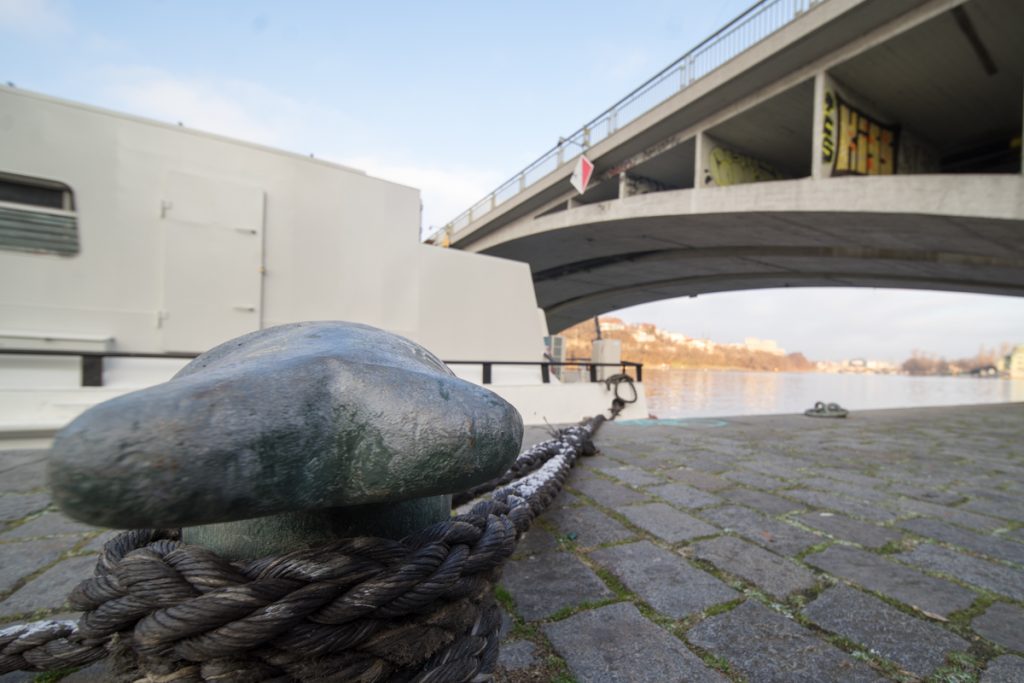

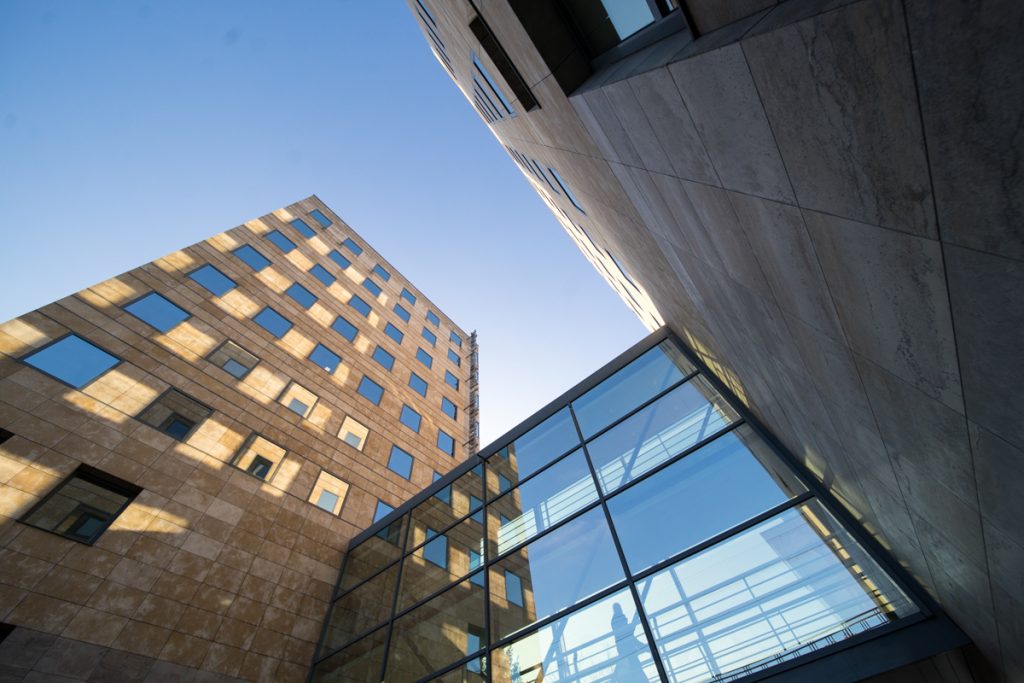
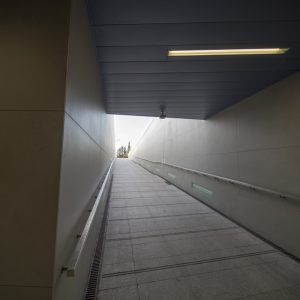
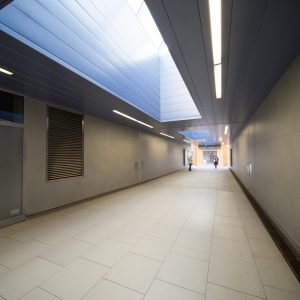
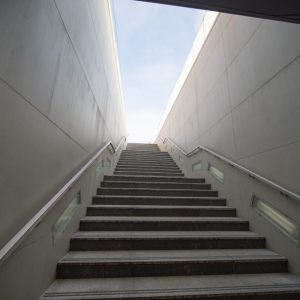
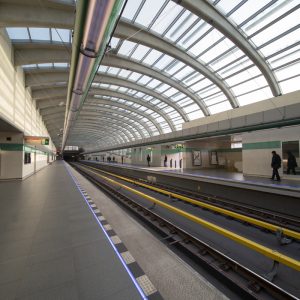

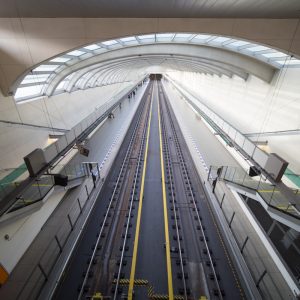
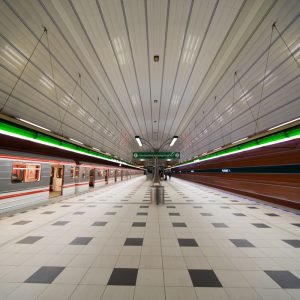
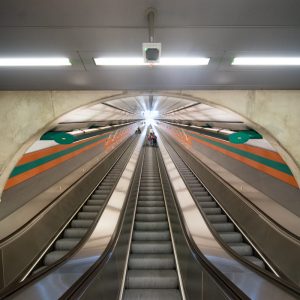
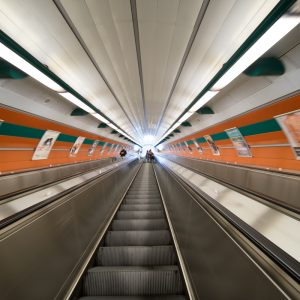
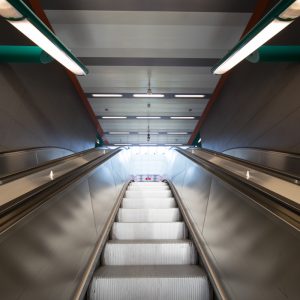
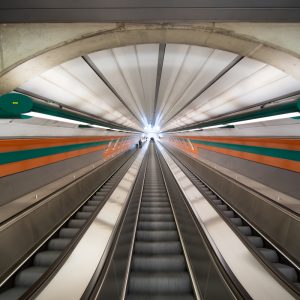
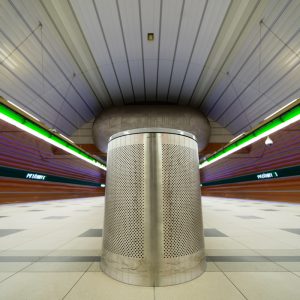
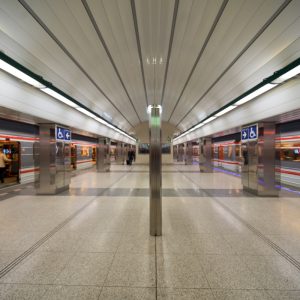
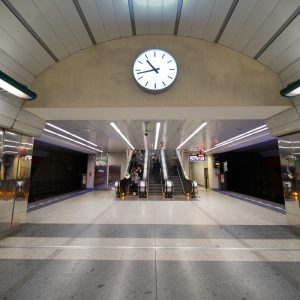
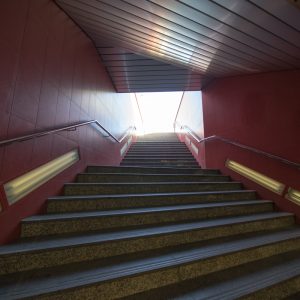

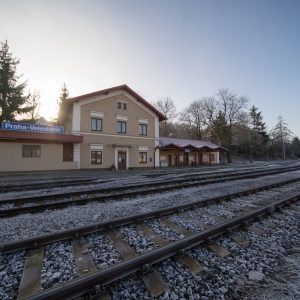
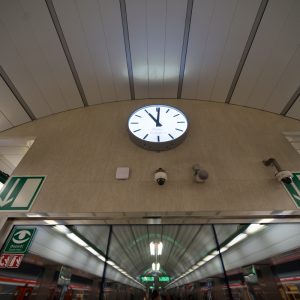
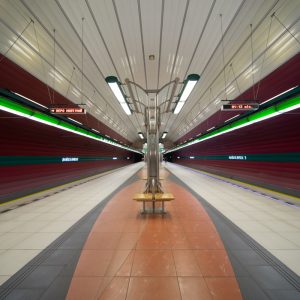
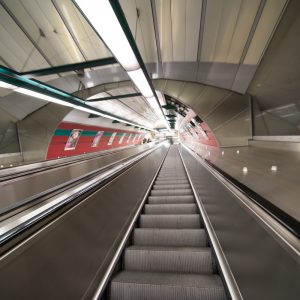
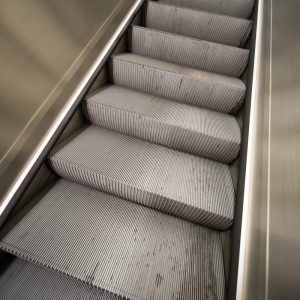
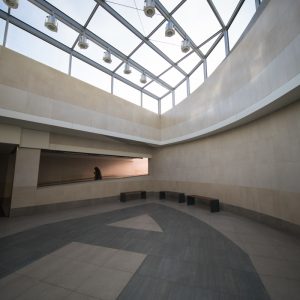
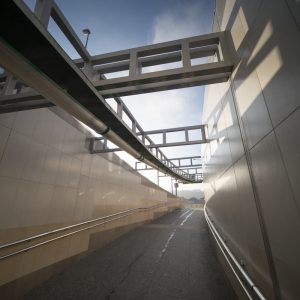
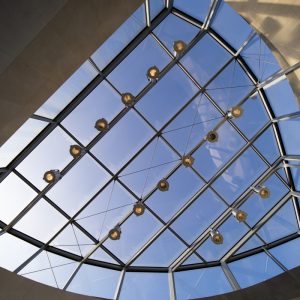
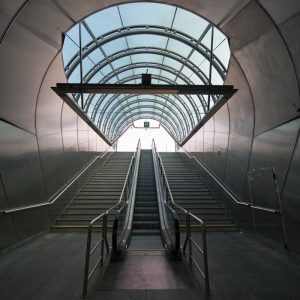
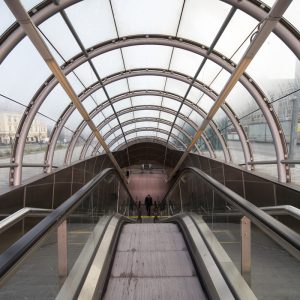

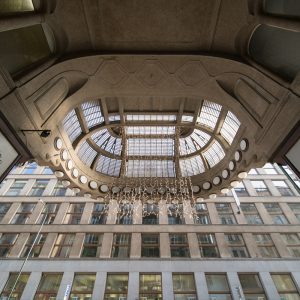
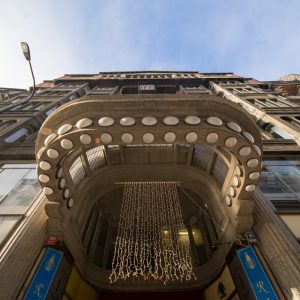

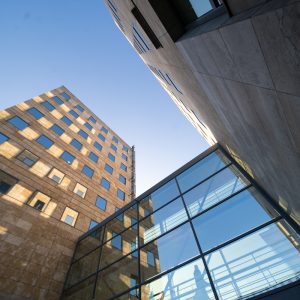
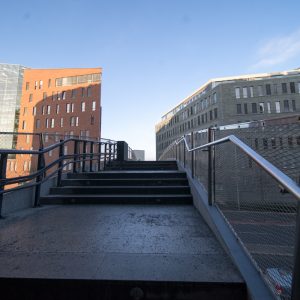
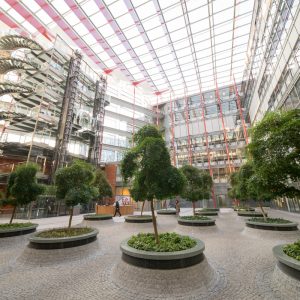
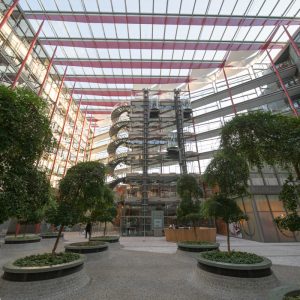
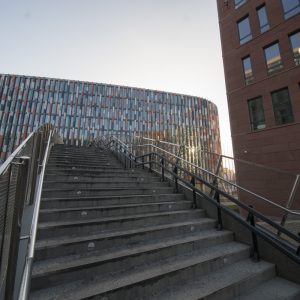
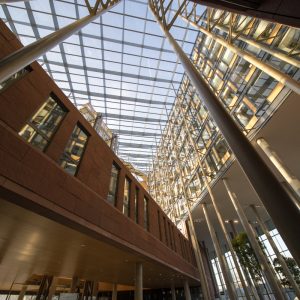
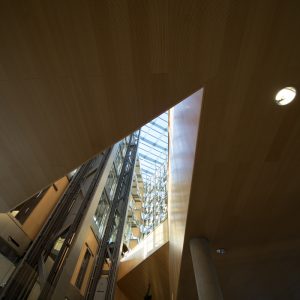


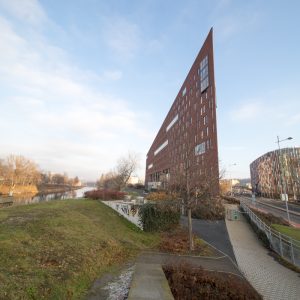
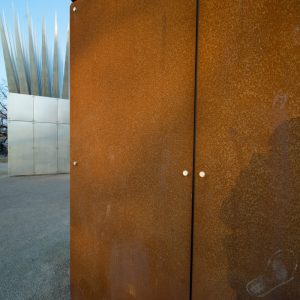

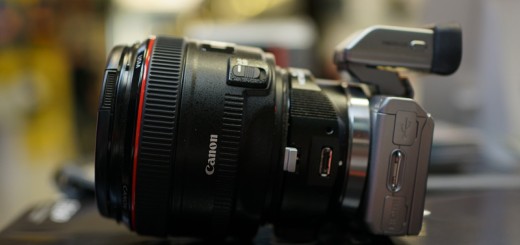
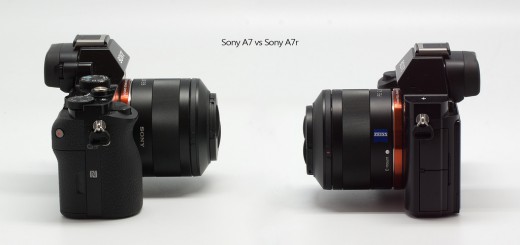
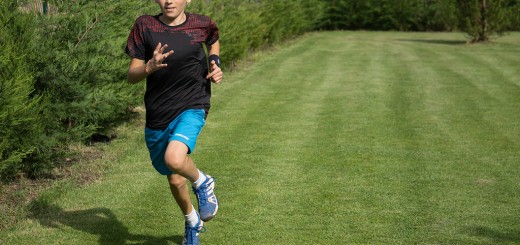











Thanks for the review, Victor. Very comprehensive and confirms that I want to get one of these, but I’m still put off by the reports (including yours) that it can’t focus up to infinity on Sony cameras.
There are still a few things I don’t understand about the suggested solution. The problem seems to be that the lens isn’t close enough to the sensor. What I don’t quite understand is why a Nikon version with an adapter would fix the problem. Won’t it still be too far away? (Their website actually says “we do NOT suggest using 3rd party adapter.”)
I also don’t understand the proposed Magic shift converter solution. Is this the $300 converter shown on their website? How do you know this wouldn’t still have the infinity focus problems, since Laowa make that converter? Also, how would you, for example, order a Nikon version for a Sony camera?
It’s irritating to have to consider buying an additional $300 converter just to correct Laowa’s errors in manufacturing. Did you get any response to your complaint to Venus? did they replace it?
Sorry for all the questions, but having bought (and returned) two Rokinon 14mm I’m a little wary of getting a dud. Thanks again.
Hi,
Let me try to answer your questions…
1. Magic shift converter is a special adapter (converter) that allow you to use Laowa 12/2.8 with the shifting feature. Shifting lens allow for perspective distortion correction (point of view). This device is offered by Laowa, specially for this lens. With one cavet – you can use it only on Sony E mount camera and only with a Canon or Nikon mount versions. This is because it reduces flange distance (distance between lens mount and sensor), while increasing focal length by few mm and allowing shifting feature. If you are not familiar with shifting function, check Canon TS-E 17/4 review e.g. to better understand what this adapter (converter) offers.
It is not possible to use this adapter on Canon or Nikon cameras, because the lens is already at the ideal flange distance which is not possible to further reduce. It is also not possible to use it with Sony E mount version of the lens, because adapter, which is supposed to bring the lens to correct flange distance is built in. This is why it is possible only to use Canon or Nikon version of the lens on Sony E mount cameras (MS converter is shorter and the lens can get closer to the sensor).
I hope that this is clear now.
2. I prefer Nikon mount version, because with adapters it can be used on both Canon and Sony (and many other MLC systems). Canon version in contrary can be used only on Canon and Sony, but not on Nikon.
3. When you buy lens in native Sony E mount, adapter is built in. While in some good service, they should be able to disassemble the mount, grind a bit of the adapter body and put the mount back, that solution will certainly void the warranty. Lens will be affected in a result, because adapter is its initial part. If you use 3rd party adapter (some of them are very affordable and of a good quality, such as K&F Concept), grinding it’s surface to get the lens closer won’t affect lens at all. You can even work out slight de-centering issues if necessary. Lens will always remain intact and only adapter (25 USD or so) will be affected.
In conclusion, you don’t have to buy Magic Shoft Converter to use Canon or Nikon mount lens version on Sony E mount camera, you can do the same with 25 USD adapter. However, if you want to use shifting feature, your best option is Canon or Nikon mount and Laowa Magic Shift Converter (300 USD). With a native Sony E mount lens, you can’t use that special converter, nor you can use it with Nikon or Canon DSLR. If you don’t need shifting feature, you can go with a native E mount, I am sure that Venus Optics are aware of the problem and recent models will be properly calibrated. If you ever decide to sell this lens, your market will be limited by the owners of Sony E system, while if you buy Nikon version, your market will increase for Nikon, Canon and other MLC systems owners.
If you need any more support, don’t hesitate to ask.
Kind regards,
Viktor
Hi Richard once again,
I forgot to answer your last question about replacement. Lens was sent to Venus Optics and it was replaced.
Cheers,
Viktor
Thanks, that’s very helpful. I didn’t know that about the shift converter: maybe it’s explained somewhere but if so I missed it.
Do you know how much the shift adapter increases the focal length?
I hope the replacement they sent you doesn’t have the infinity focussing problem.
Thanks again for your help.
Richard
Hi Richard,
you should find a bit more info about shift converter here – http://www.sonyalpharumors.com/laowa-magic-shift-converter-works/
What it basically does is – introducing telephoto corrective optics in the converter and increasing focal length to around 17mm.
As any other Tele Converter it takes one stop of the light, so it become 17mm f/4 Shift lens. Considering the initial price of
the Canon 17mm f/4 TS-E (lens which I own and use extensively), Laowa sounds like a great option. I didn’t test it however, so I can’t say much about IQ with the converter.
I will report if the copy that they will replace is OK, but since the lens is not mine, I won’t be able to test it again (Unless Venus Optics sends me new lens for testing).
Cheers,
Viktor
I received this lens yesterday for Pentax and am also having the infinity focus issue. I am unable to attain focus at infinity even though the lens is set there. I was curious if you received a replacement and if the issue was resolved.
Hi Taylor,
It wasn’t my lens, but last time when I asked my friend about replacement, he told me that it didn’t arrive yet. Did you contacted them?
Cheers,
Viktor
Why not reflect this way ??? :
A ) Compose with 42mio pix (A7R2) with Laowa Canon-mount 12mm : such as to keep verticals strait.!
B) Don’t disturb this setup at all, and replace adapter with the shift adapter (shift any place, but at max. for test).
Now;
1) crop down file A to the exact same portion you captured with the shift adapter
(witch extracted exact same part of lens-projection, optically zoomed to 42mio.Pix)
2) Perhaps down-sample overall surface of file B to match resolution of cropped file A.
3) Perhaps up-sample cropped A to match untouched file B.
4) Share Your findings on the web for us 🙂
How do they compare ?
Made this way, it is not perspective-software-related-postposition, but only cropping (with resizing options).
( I would not be surprised file A to be able to be made always look better than best B. But I dont know !
I have TS-e 17mm and like it’s tilt-ability that I use often, very slightly, but I could imagine “file A” to be better than a (only) fully shifted TS-E file at exact same full-sized-composition. …)
I have to correct/complement my above proceedure !
Because to enlarge optically (teleconverter, from 12 to 17mm, should probably be considered “equal” to the opposite; Take 12mm but crop to 17, meaning résolution/framing is smaller than the fullframe résolution. Thus maybe a 42mio 12mm cropped to 17mm is perhaps only 21mio pixel.
In order to moove this landscape-crop highest-up in a fullframe image-circle; we would have to put camera in portrait mode.
If we make a B)-file in Portrait-mode to begin with, than perhaps indeed the top (tiny?) part of image could not be captured/included in an A)-file (despite being also in Portrait-mode.
So my Hypothesis is (what do You think ?) :
“Without shift-adapter the 12mm Laowa can produce the equivalent framing of a shifted 20mm and at half résolution, wilst the Laowa-shiftadaper produces the equivalent of a 17mm -equivalent APSC-camera photo (blown-up to fullframe of equivalent pixel-density)”.
(All framings with unchanged leveling of the camera)
Hi,
I don’t have Laowa 12 anymore so I can’t reply to your hypothesis, but I can tell you from the practice that physical shift is for me the only solution, since I have to compose very tight. When you have to process over 250 images per day, Canon TS-E is the lens I am relying on, since it saves me tons of time in pp. It would be interesting to test Laowa with their shift adapter, but Venus Optics didn’t reply on my test sample request. Thanks for all your thoughts and suggestions!
Cheers,
Viktor